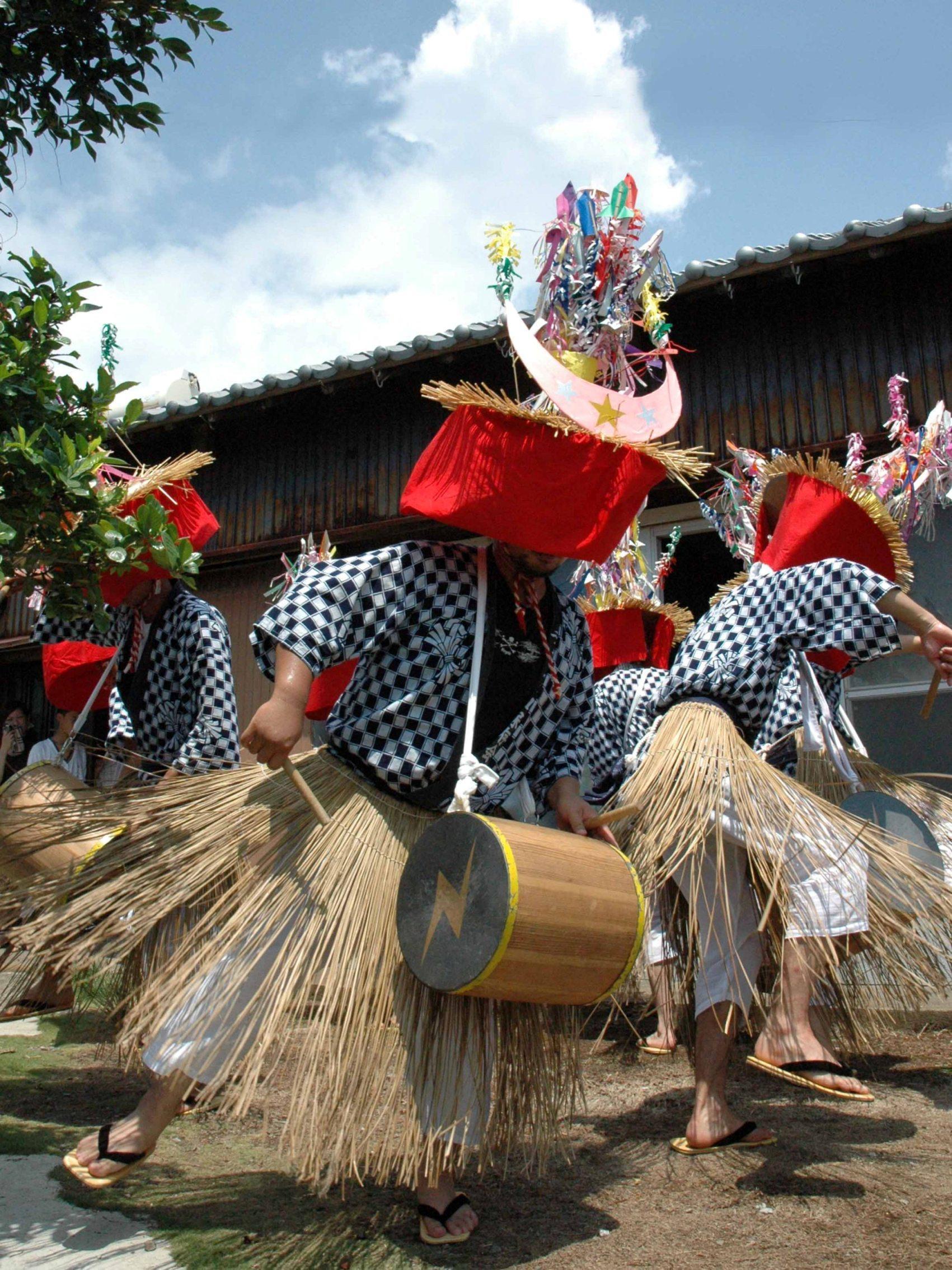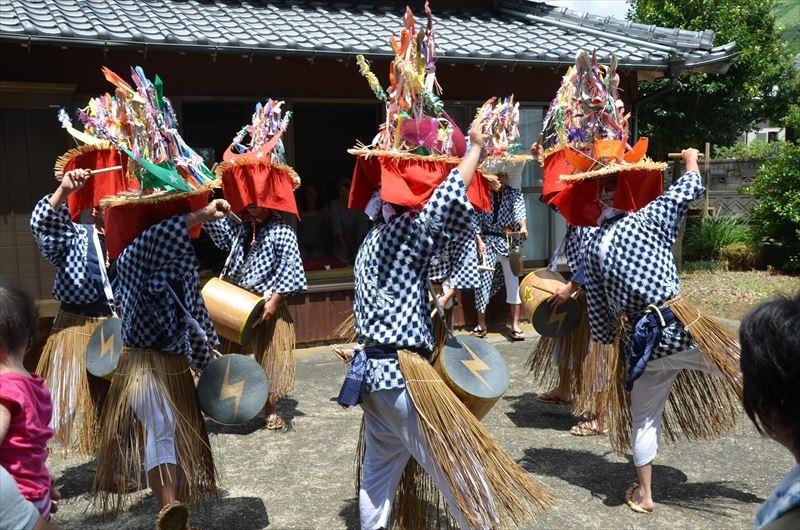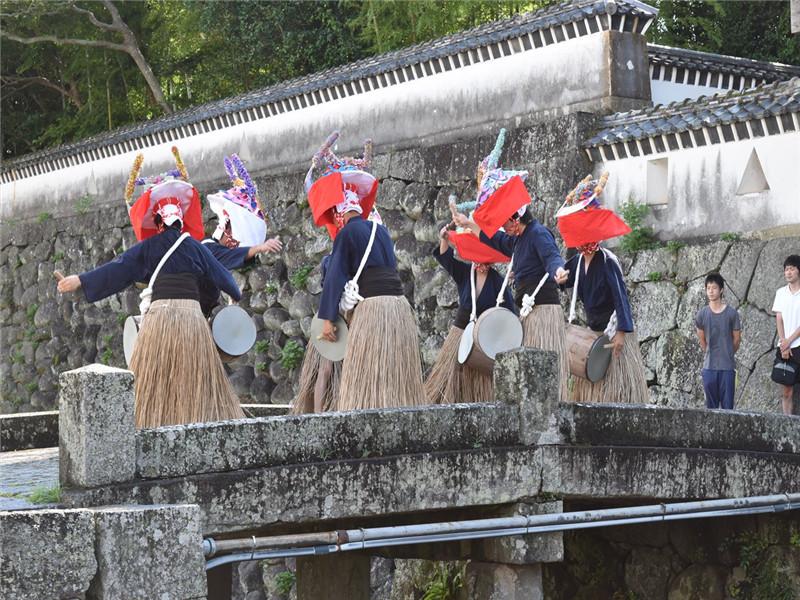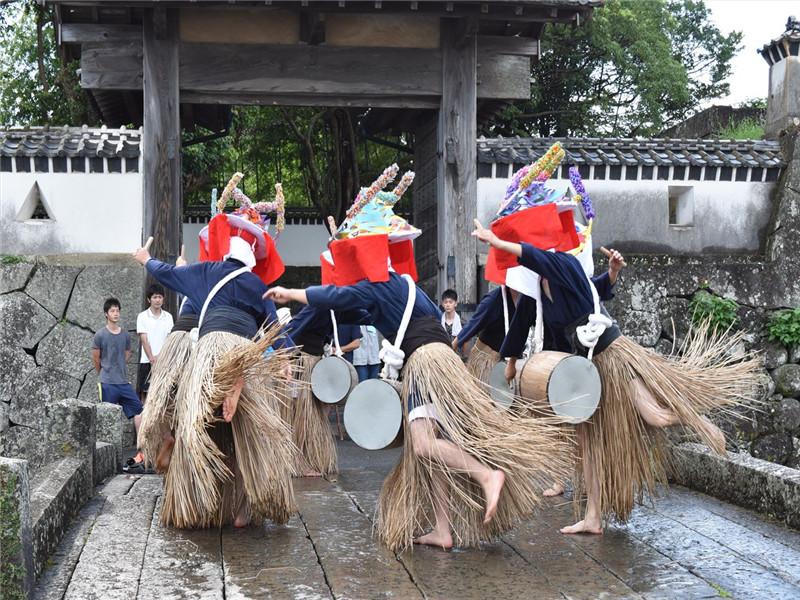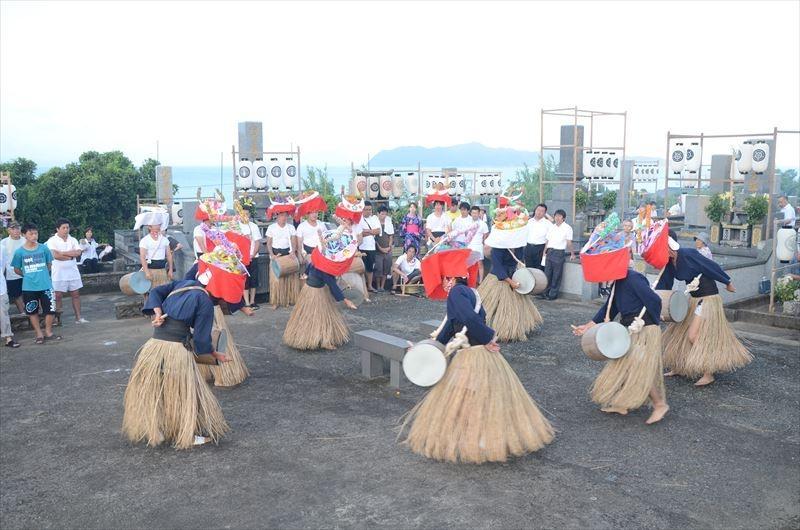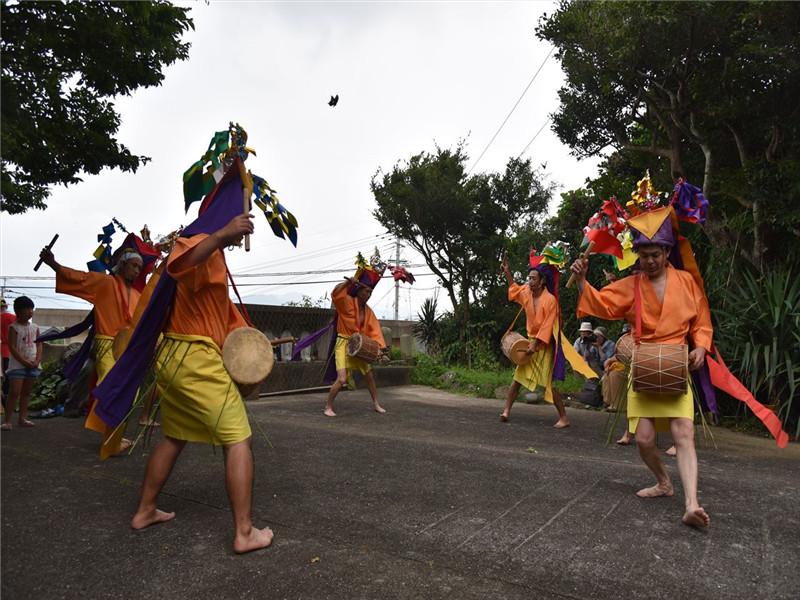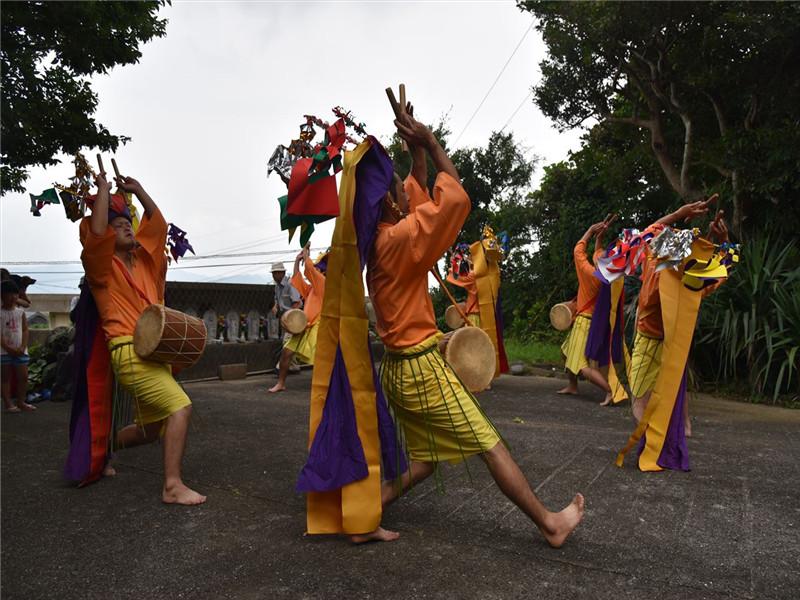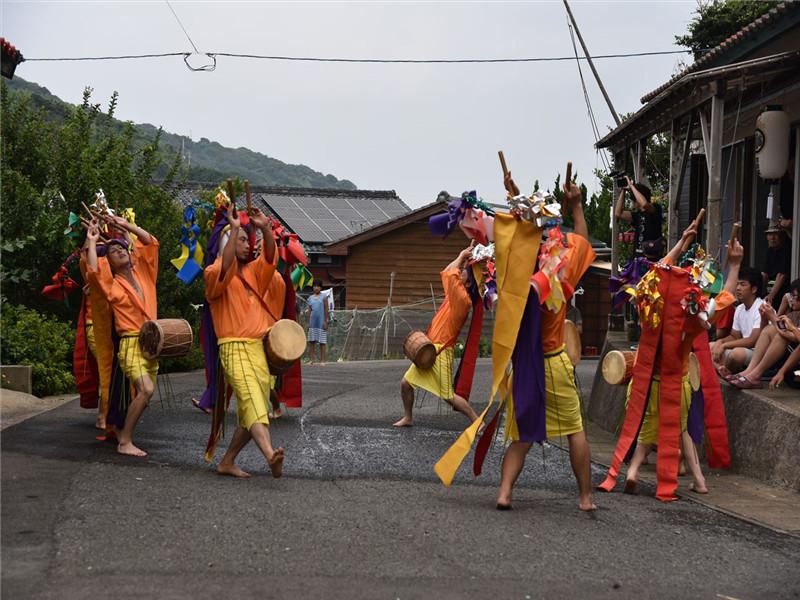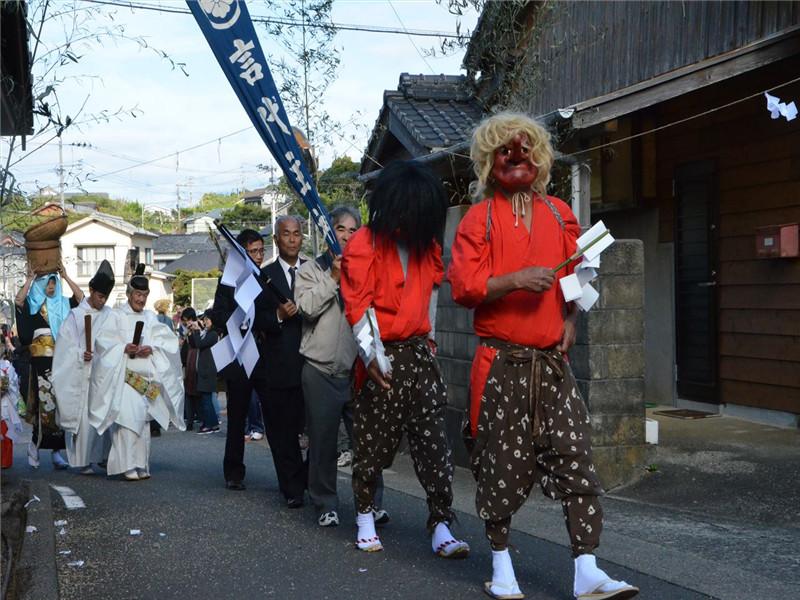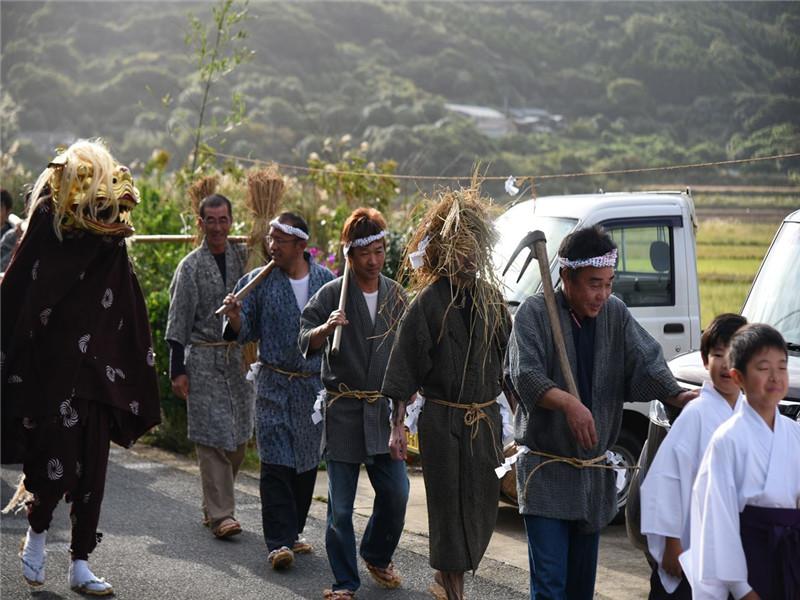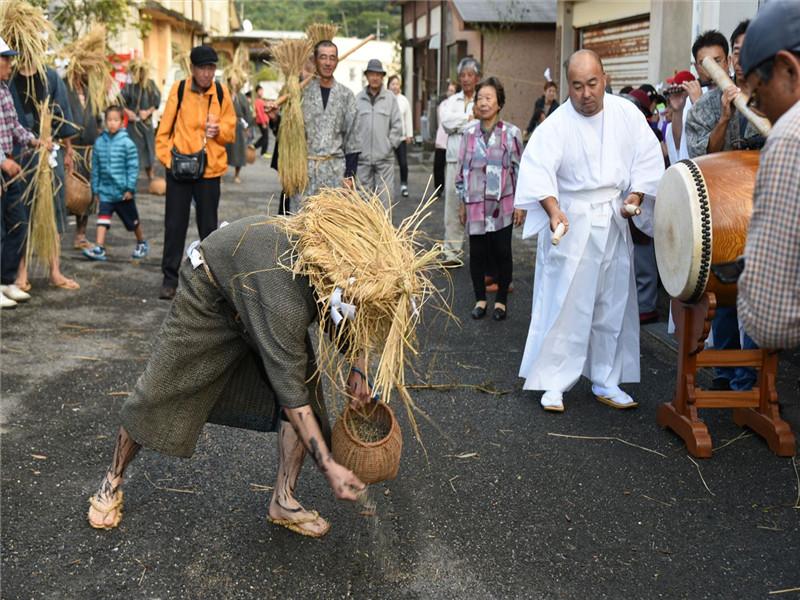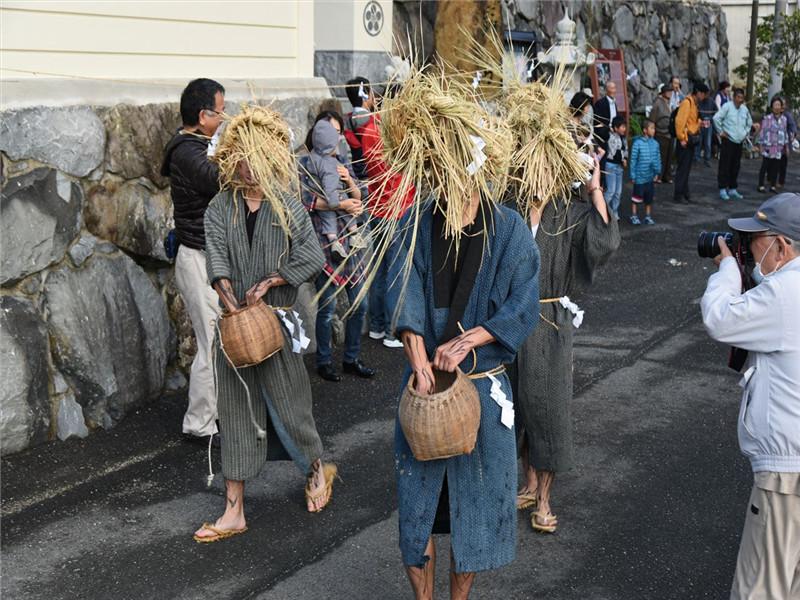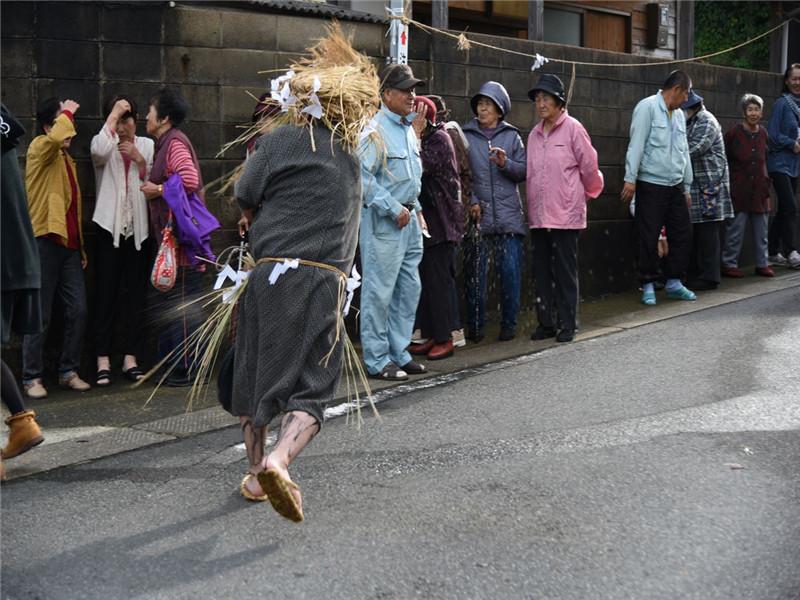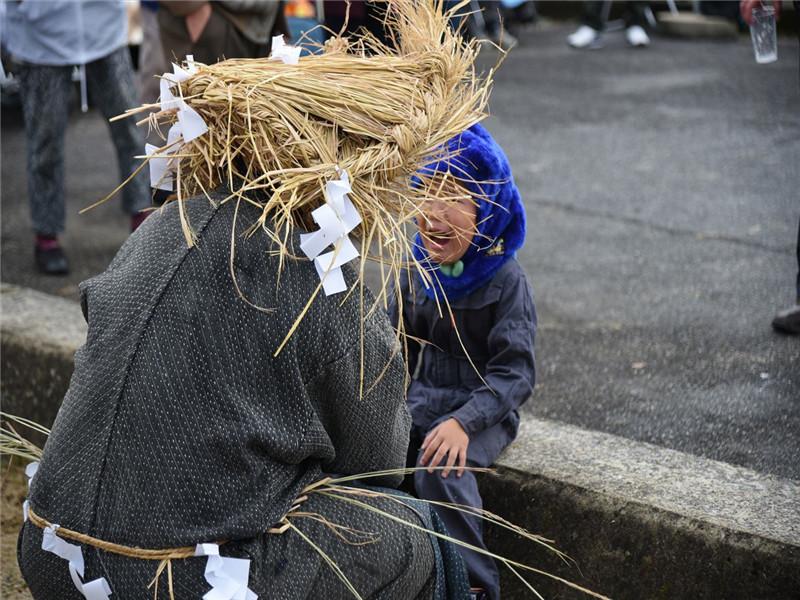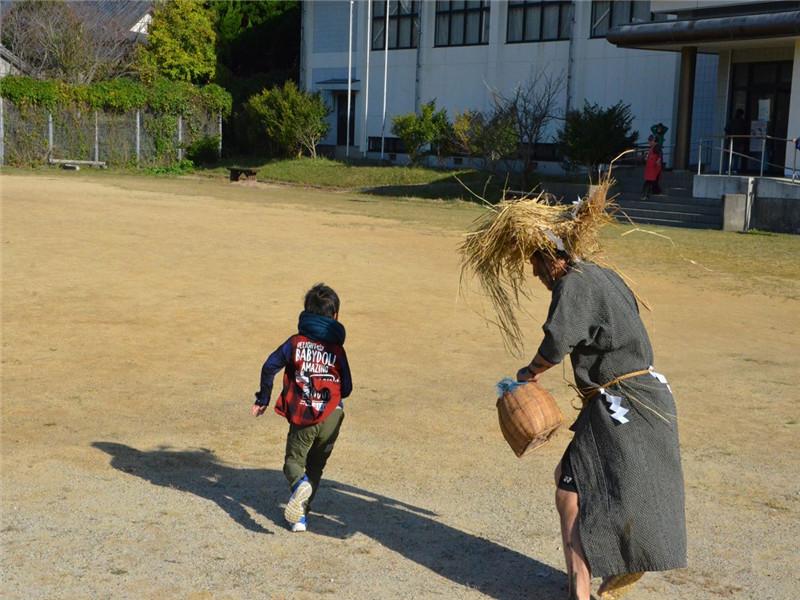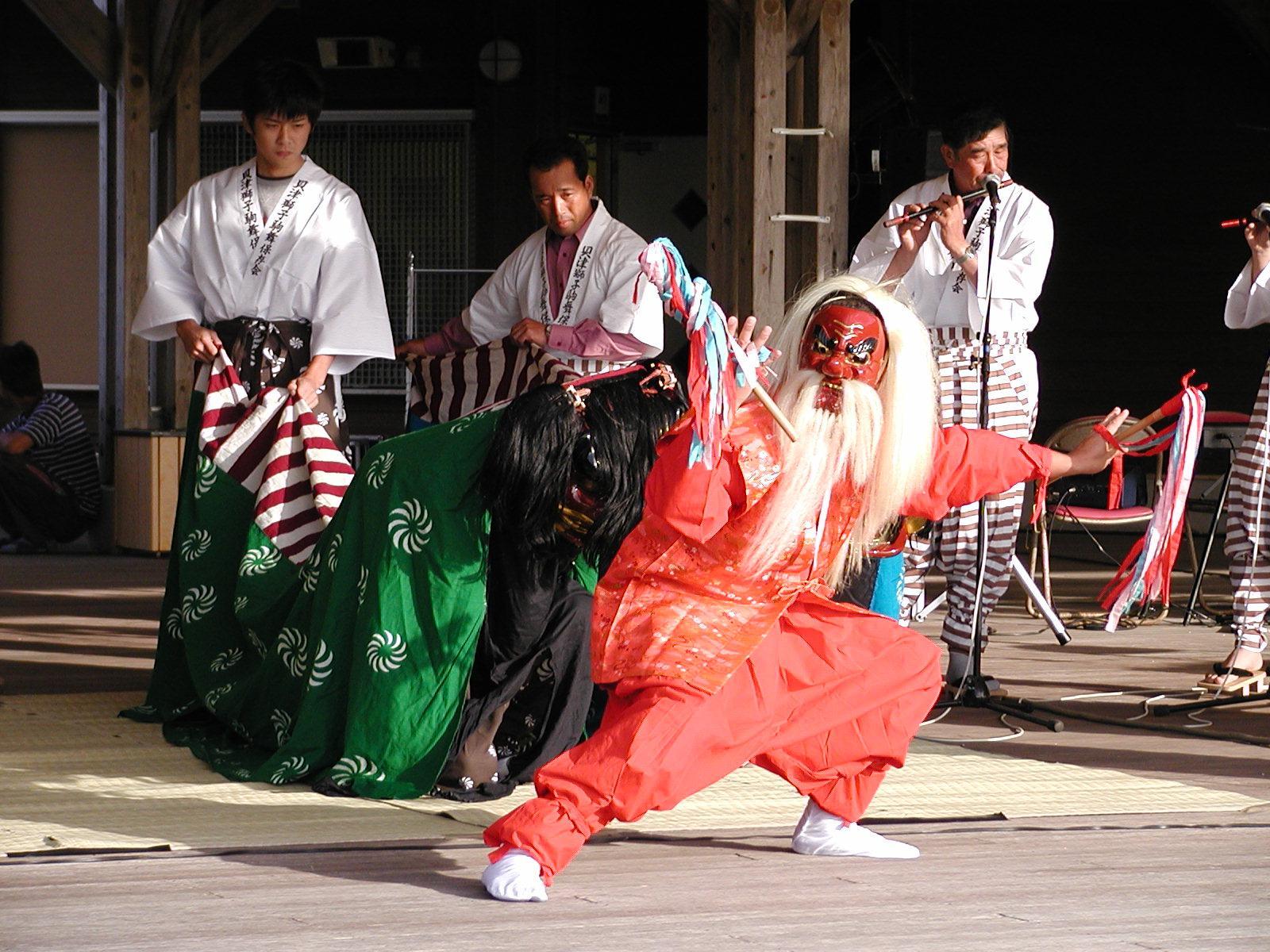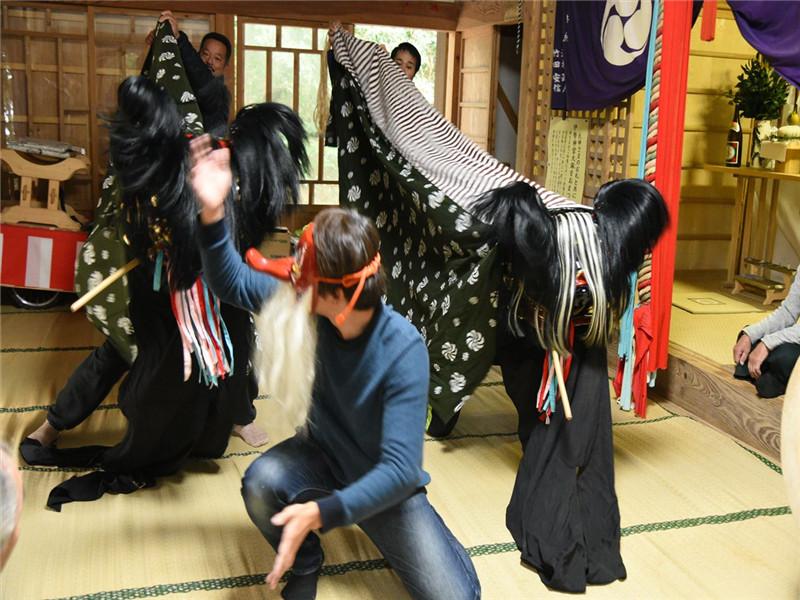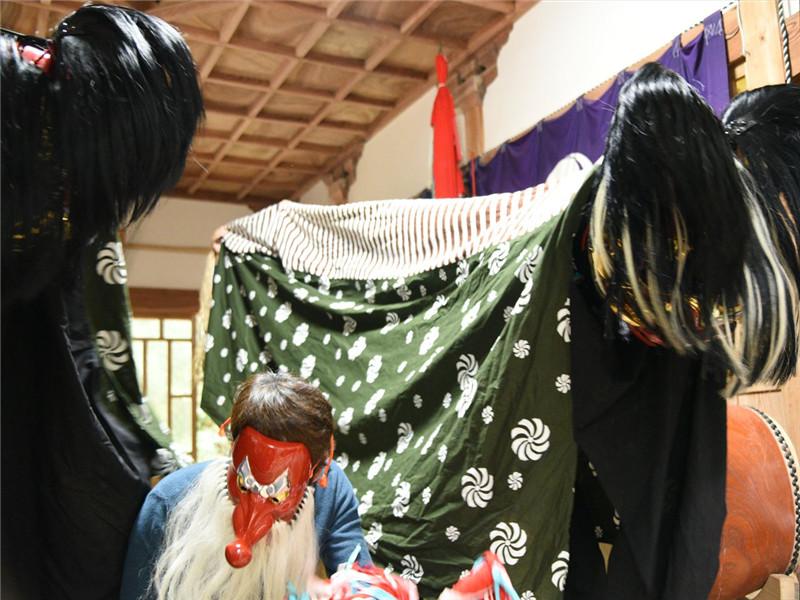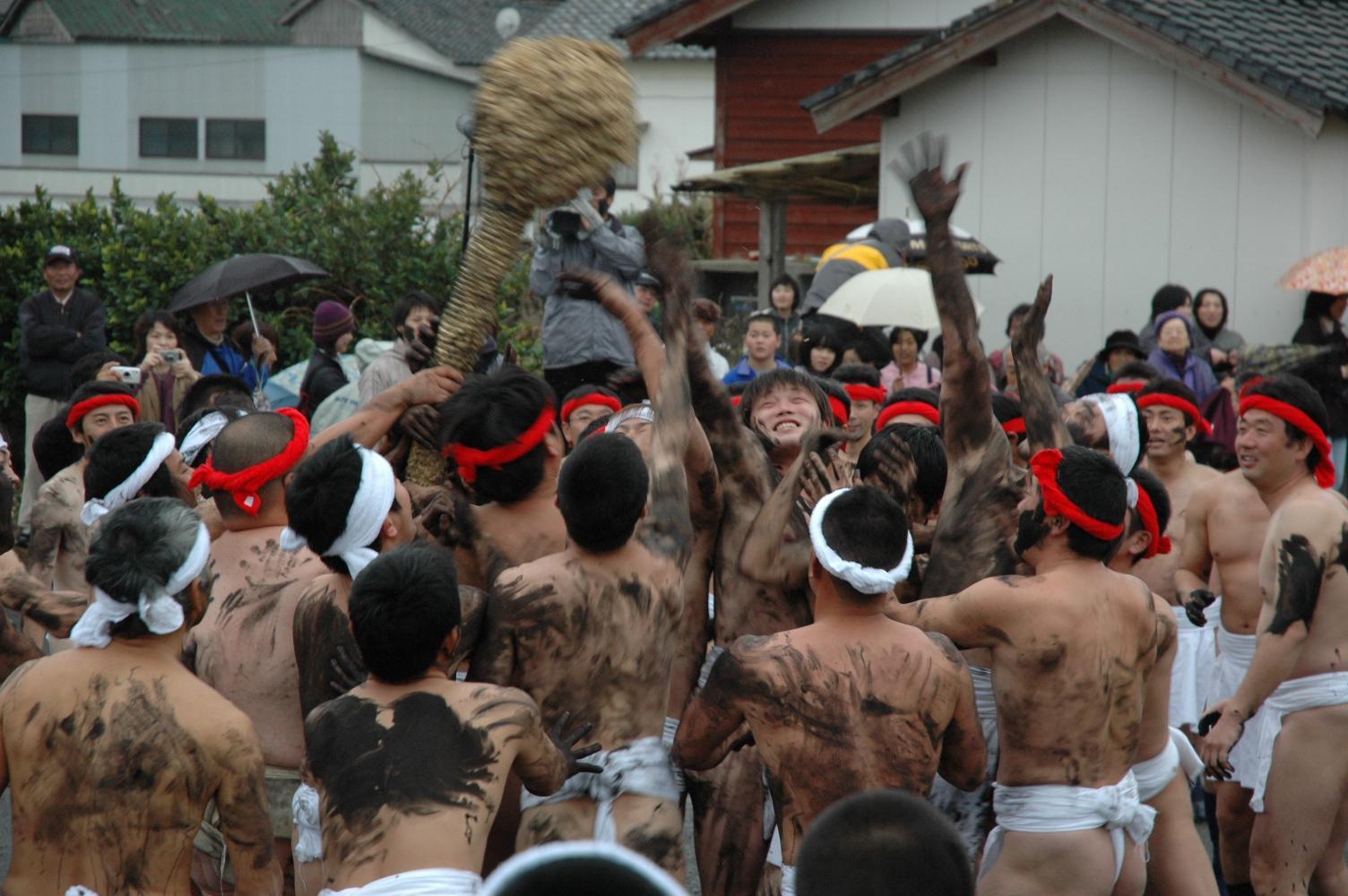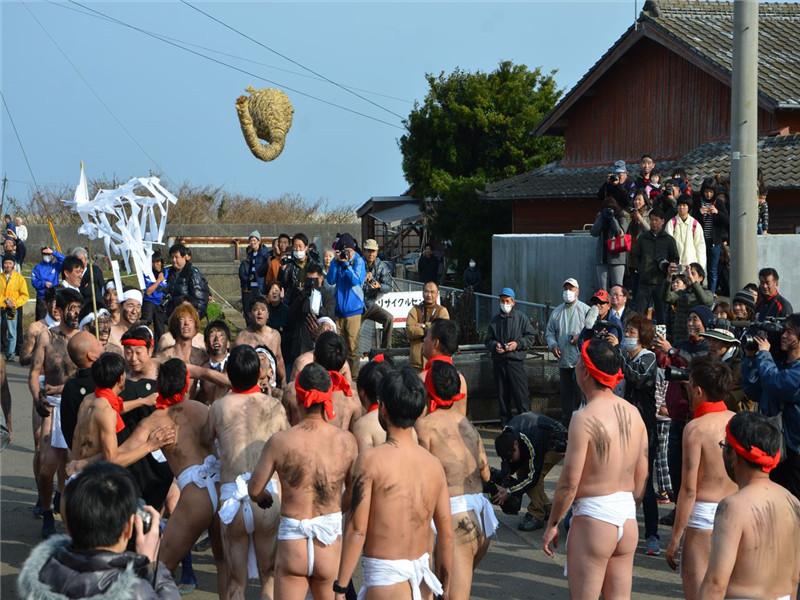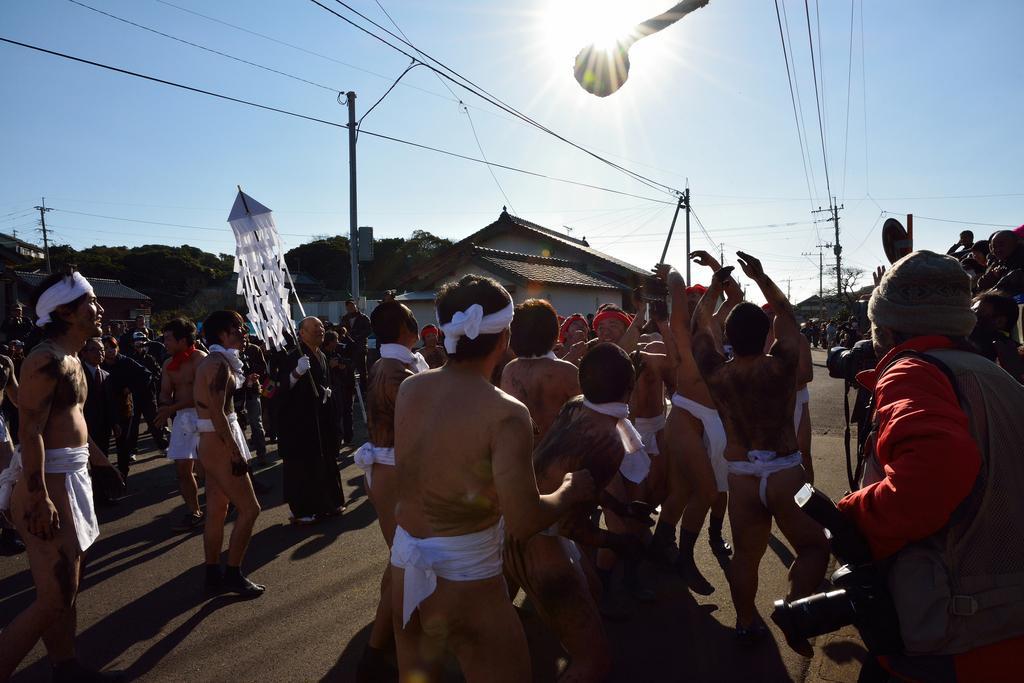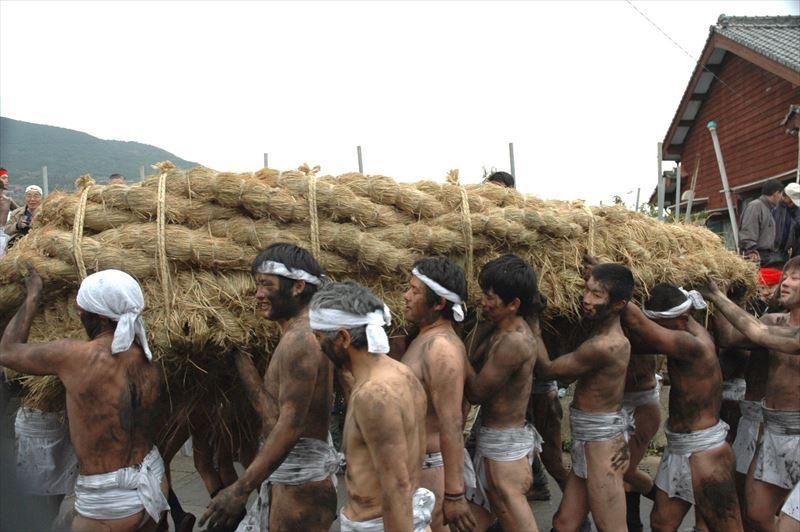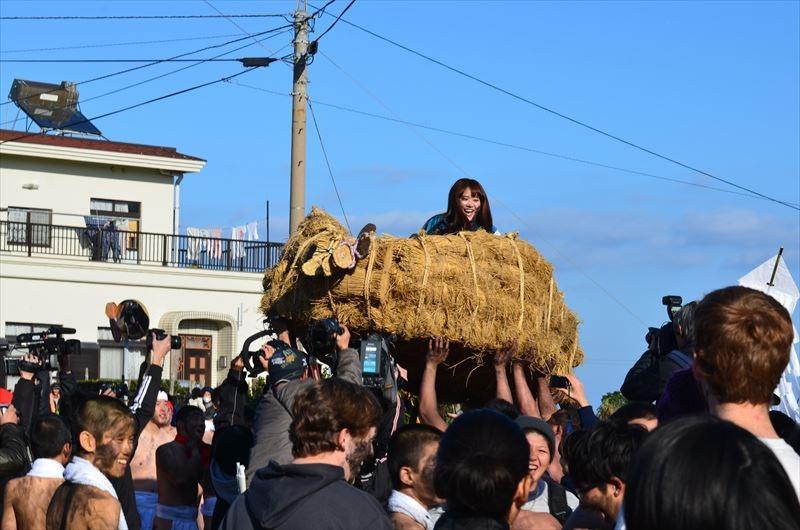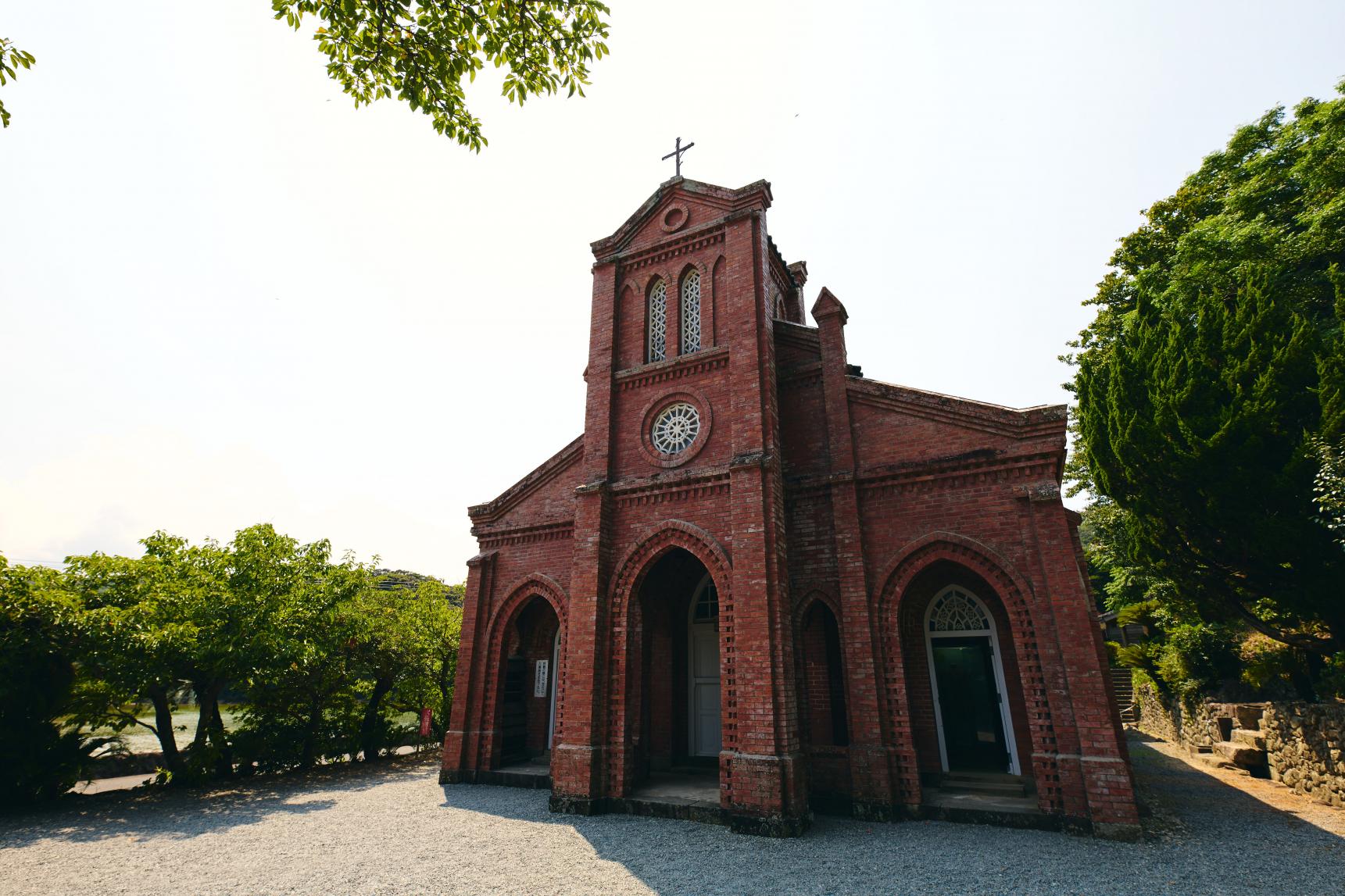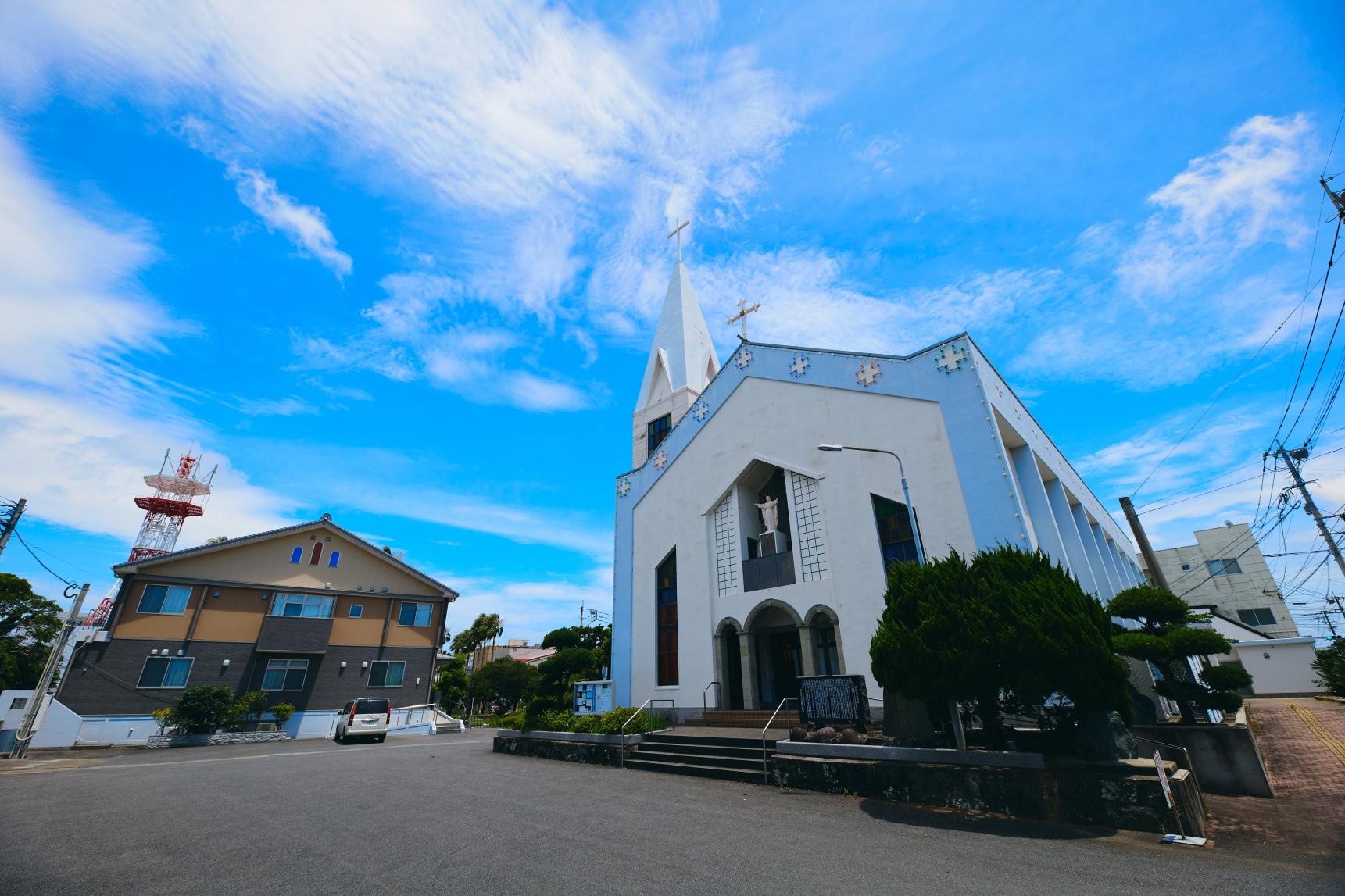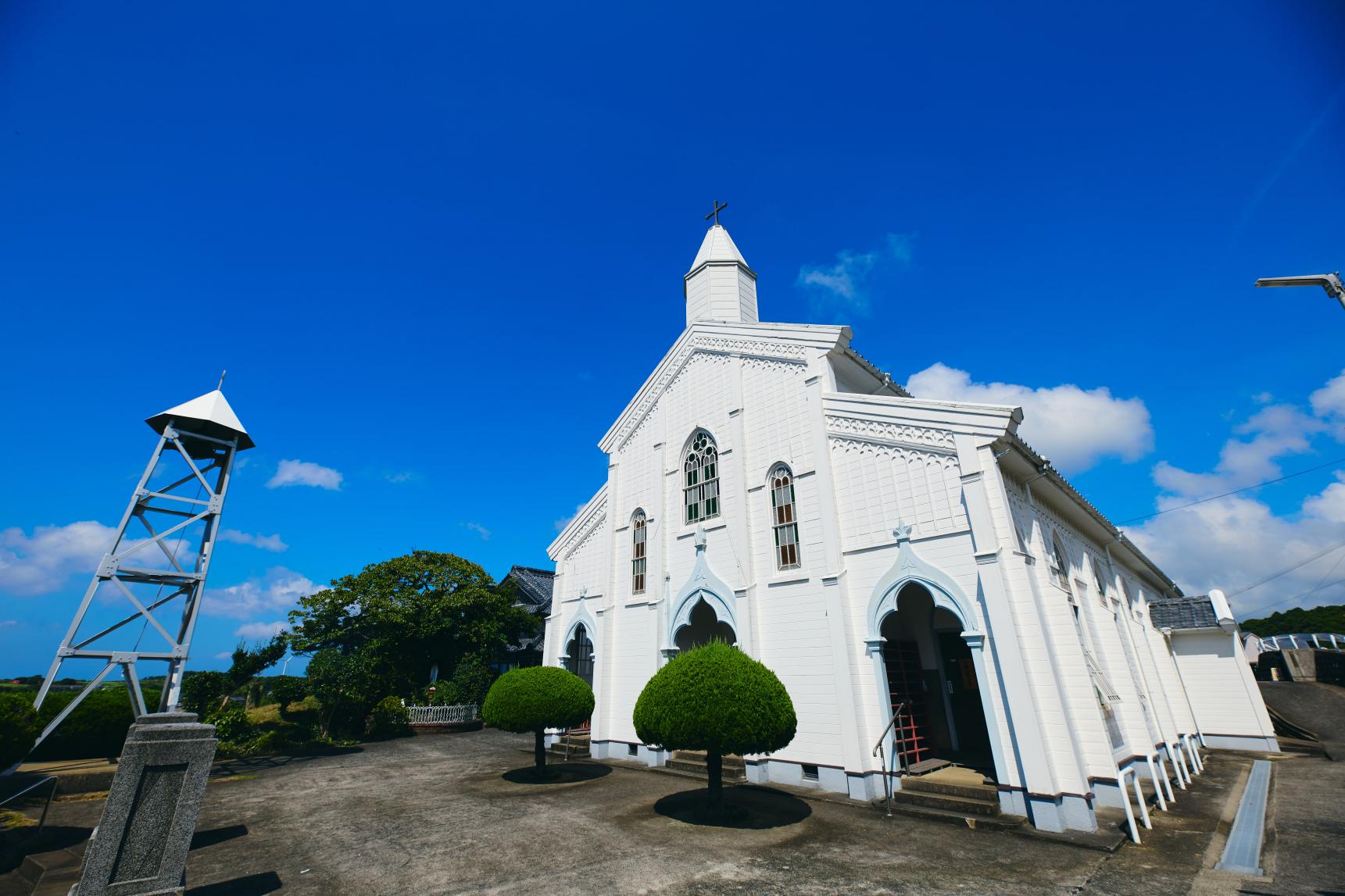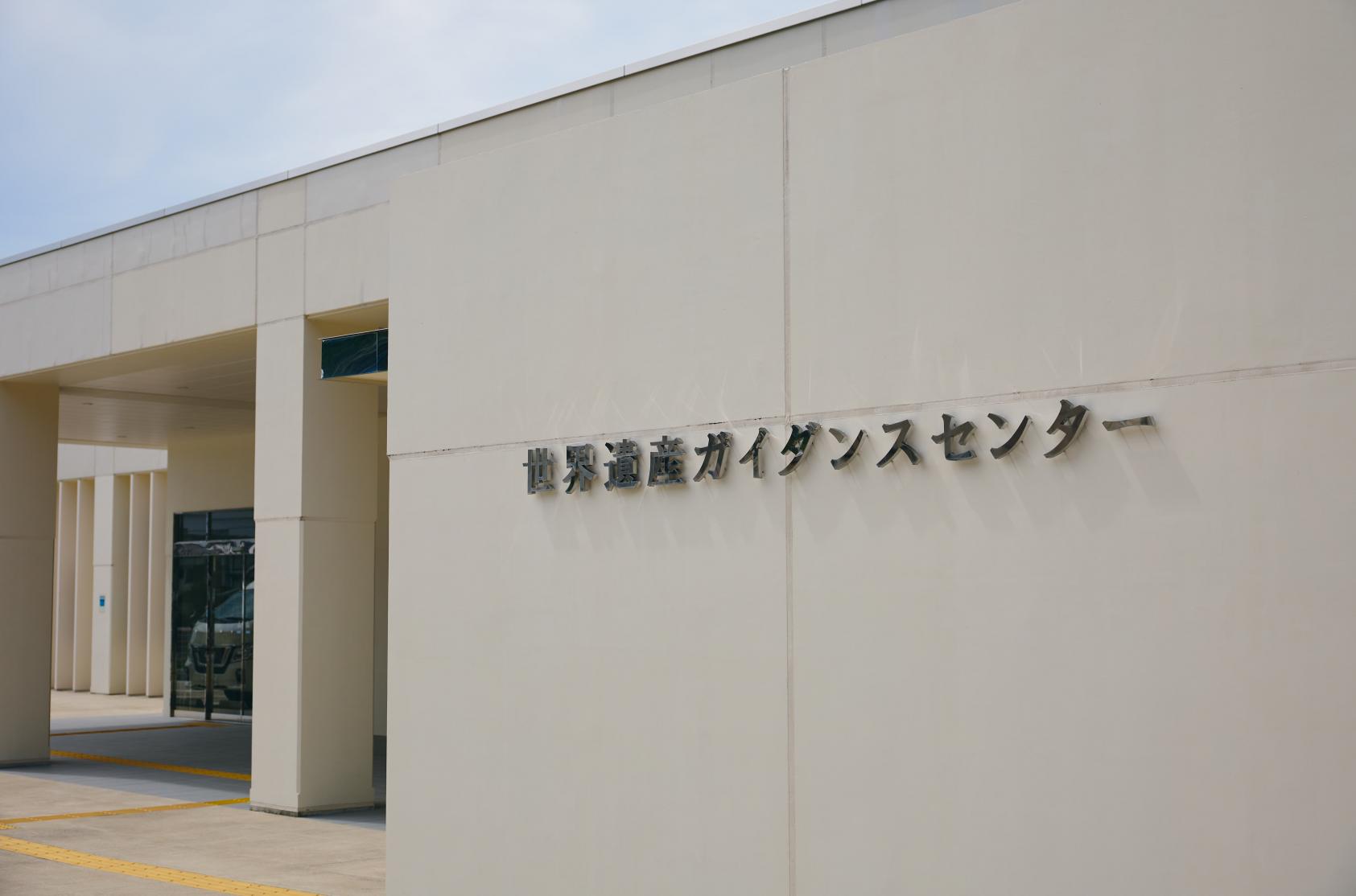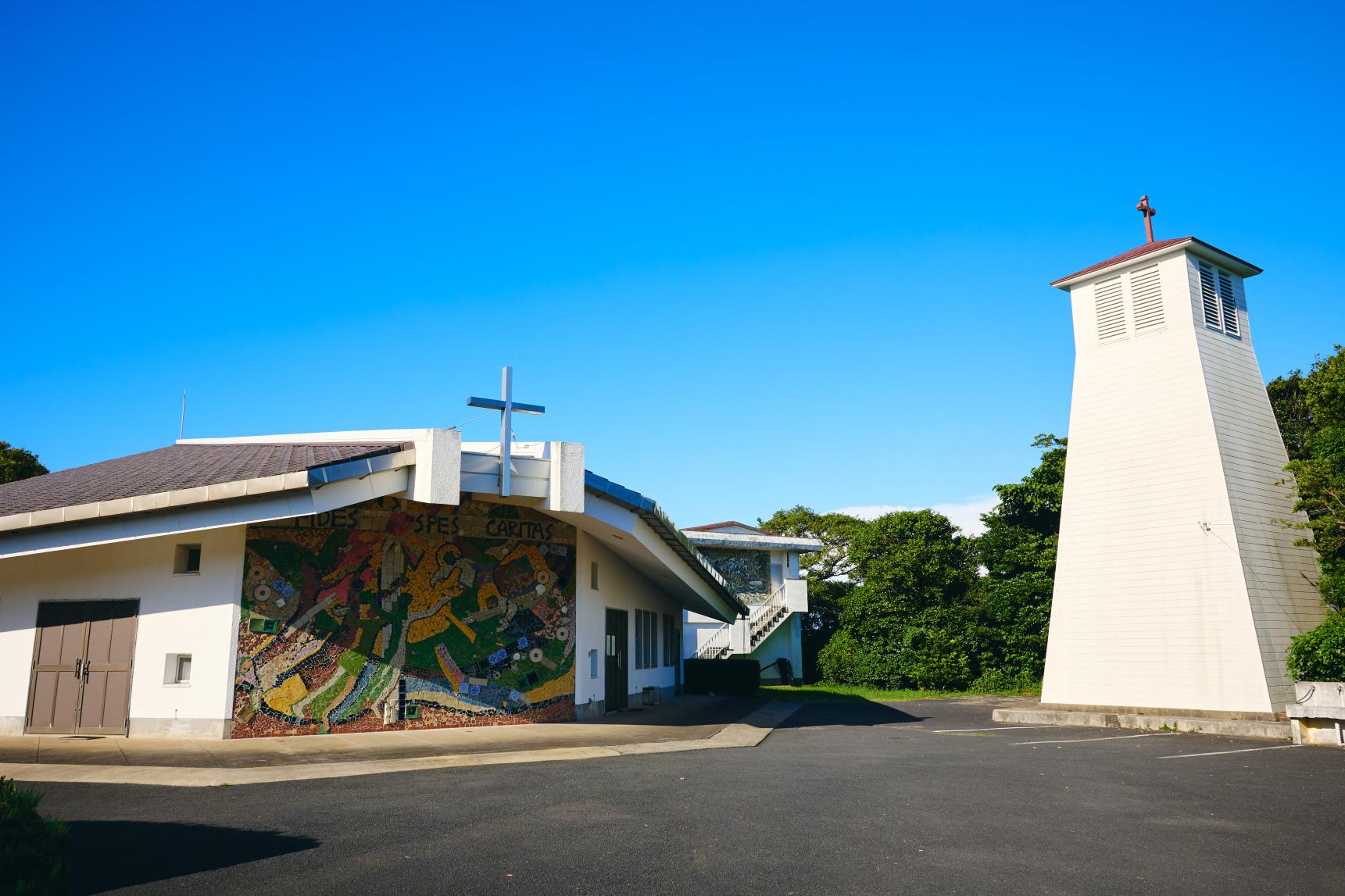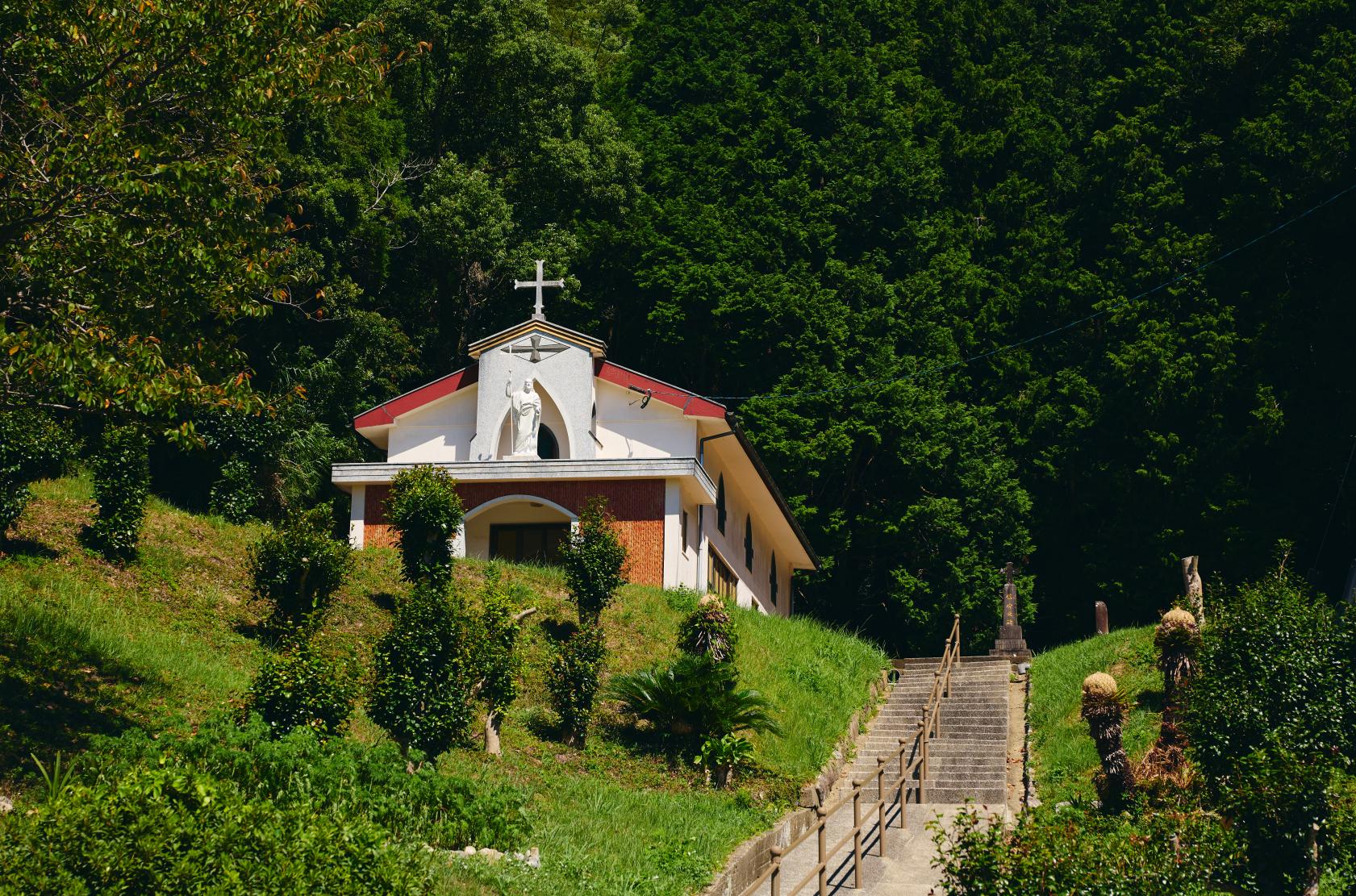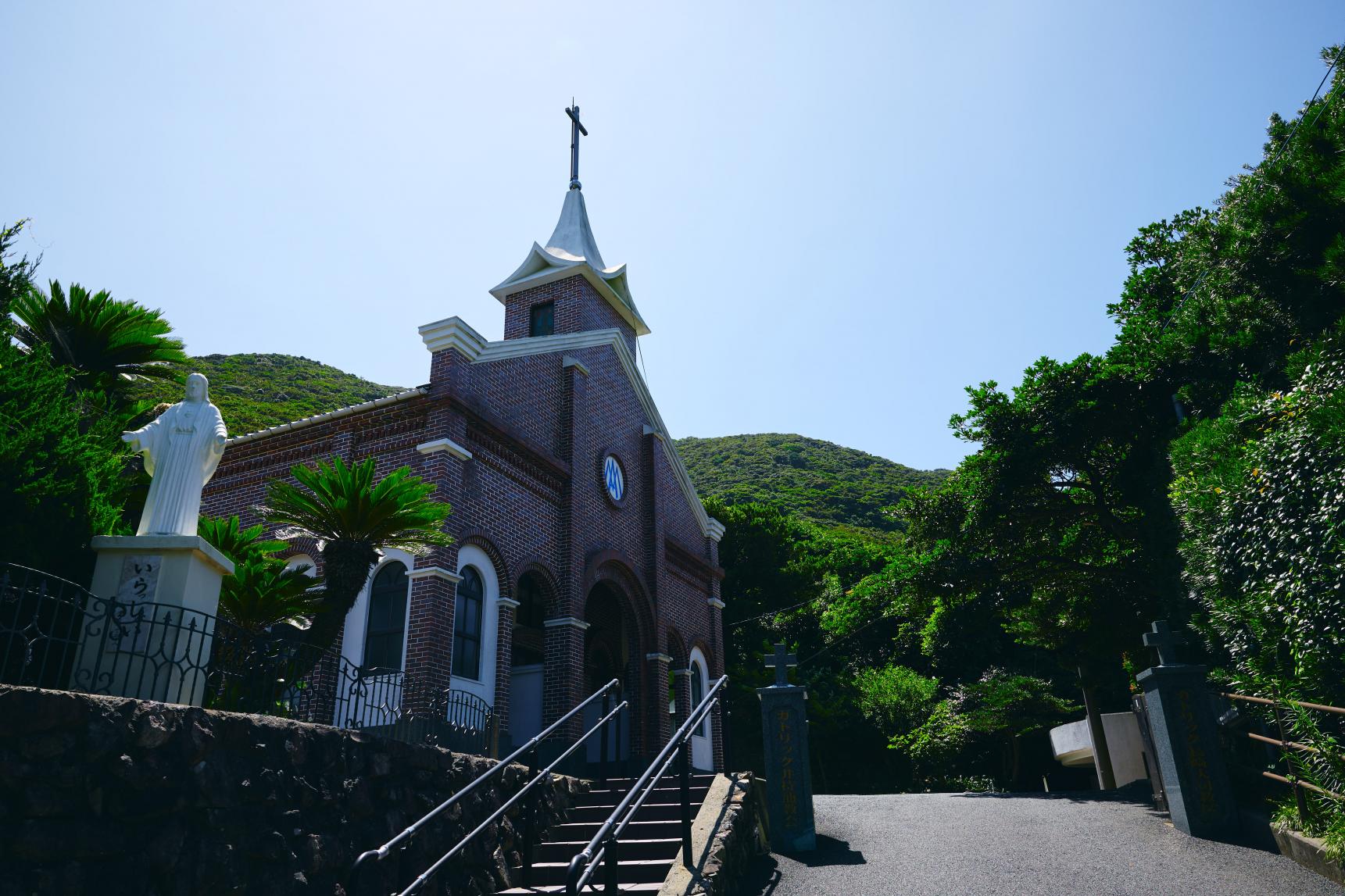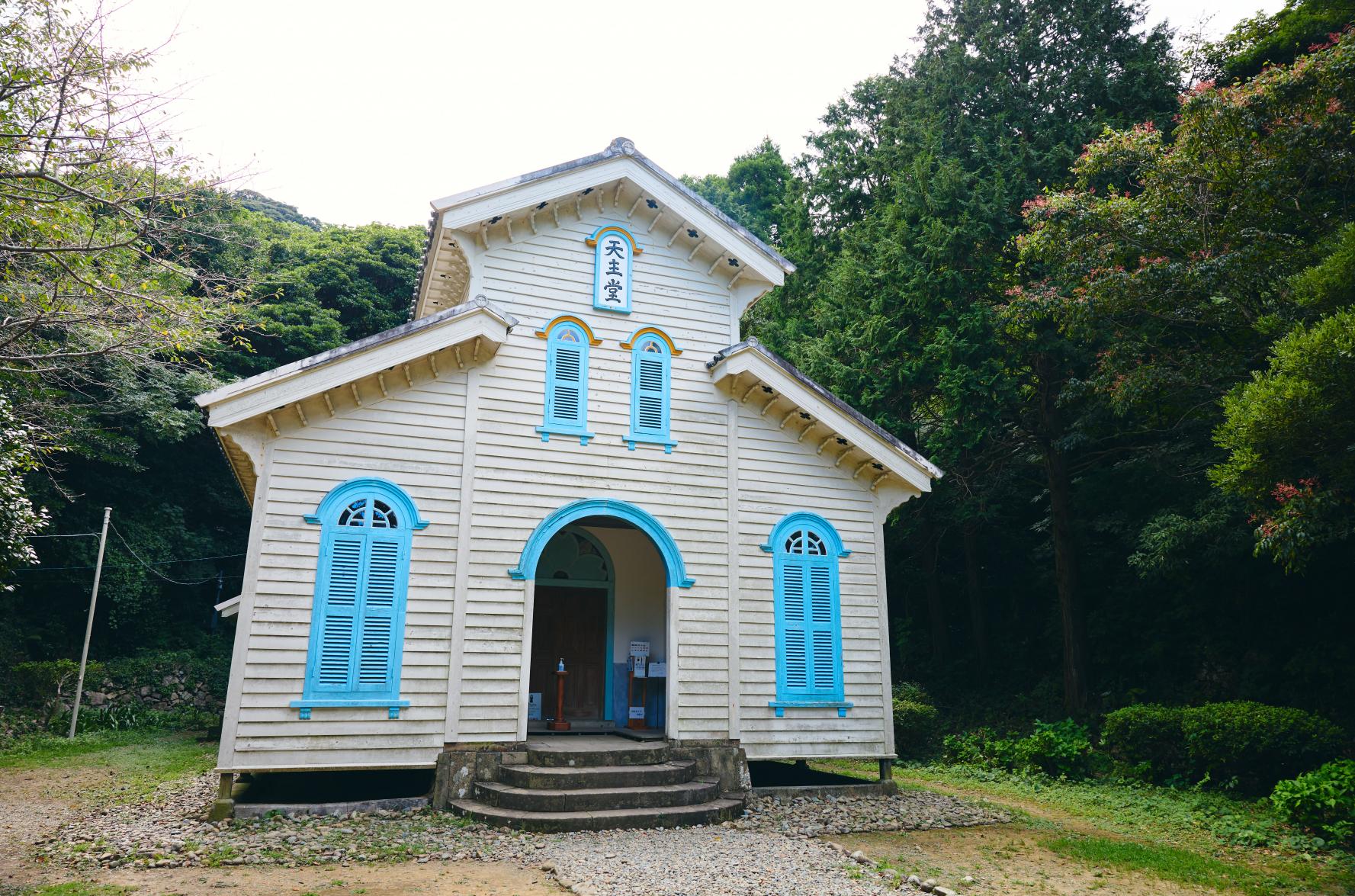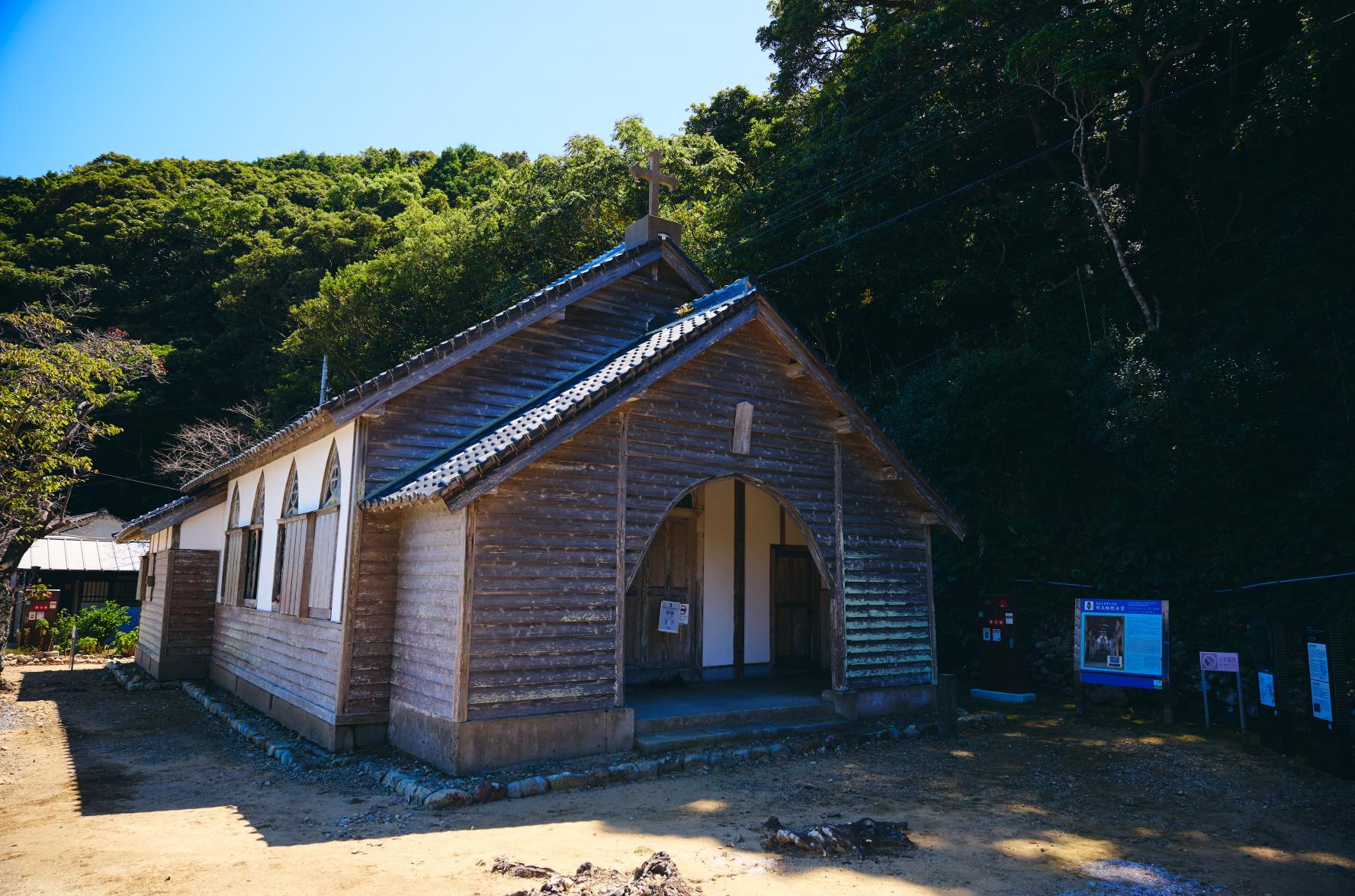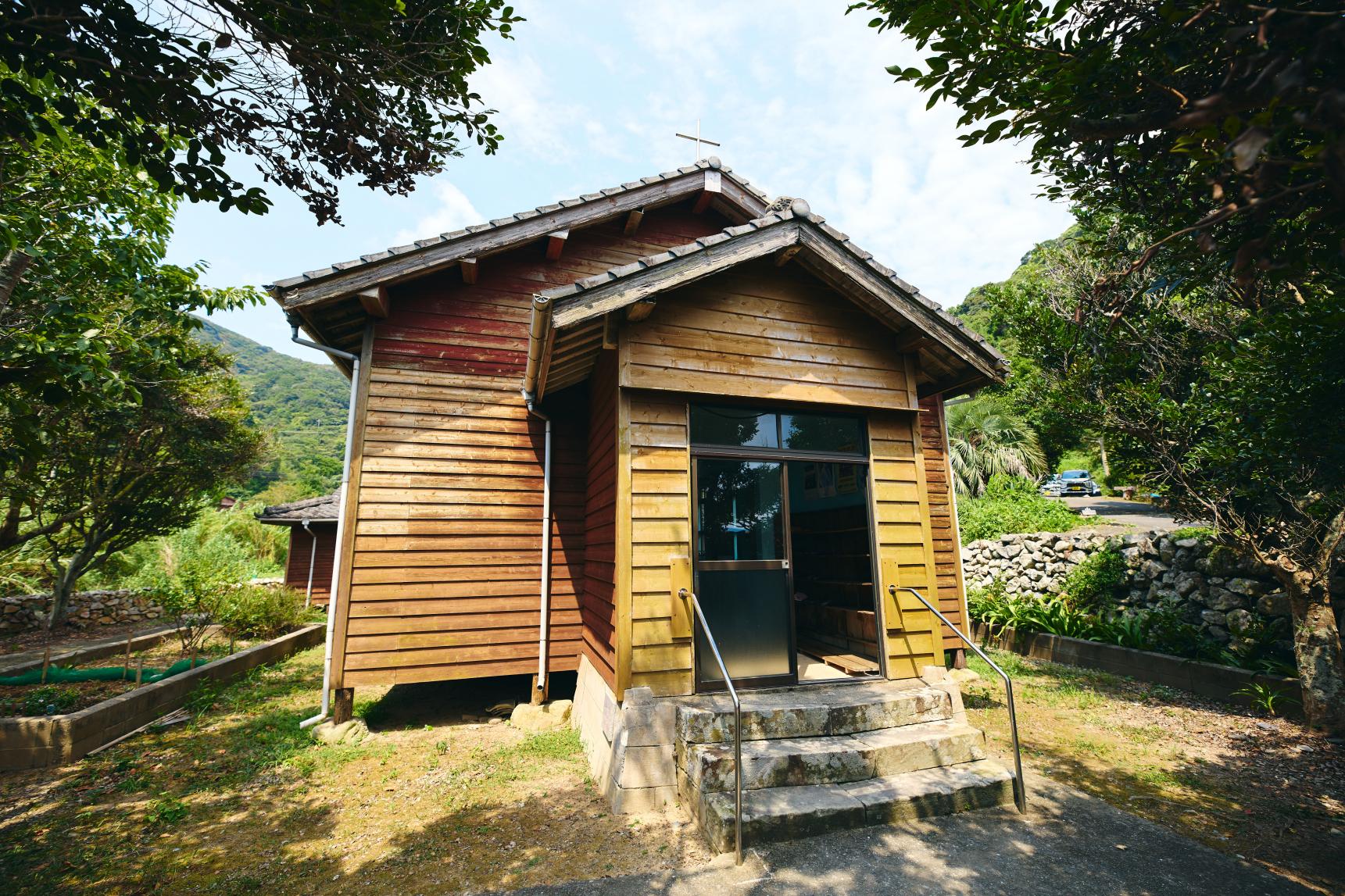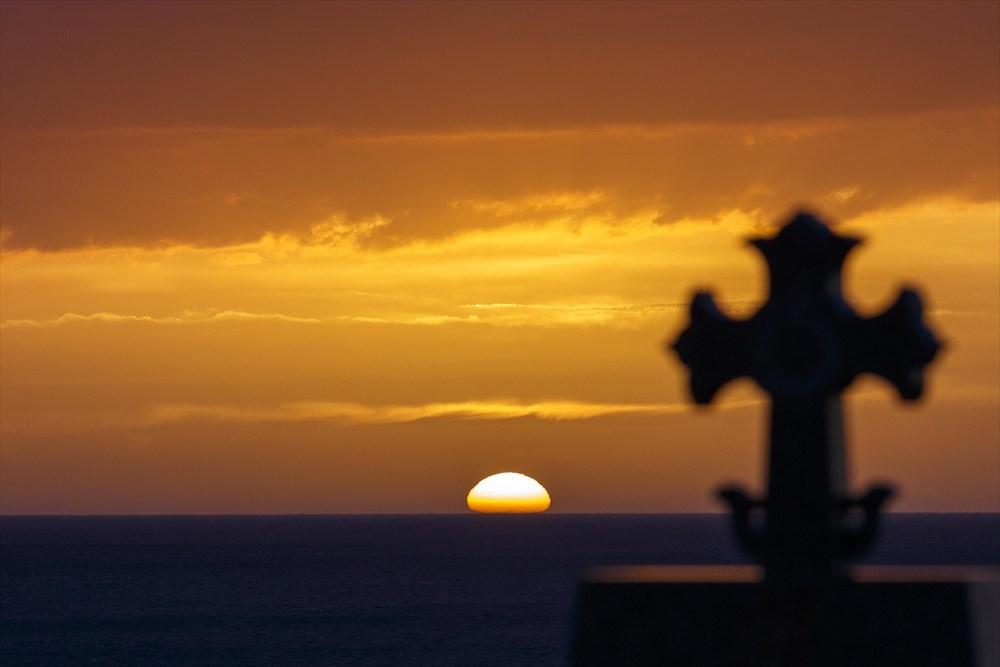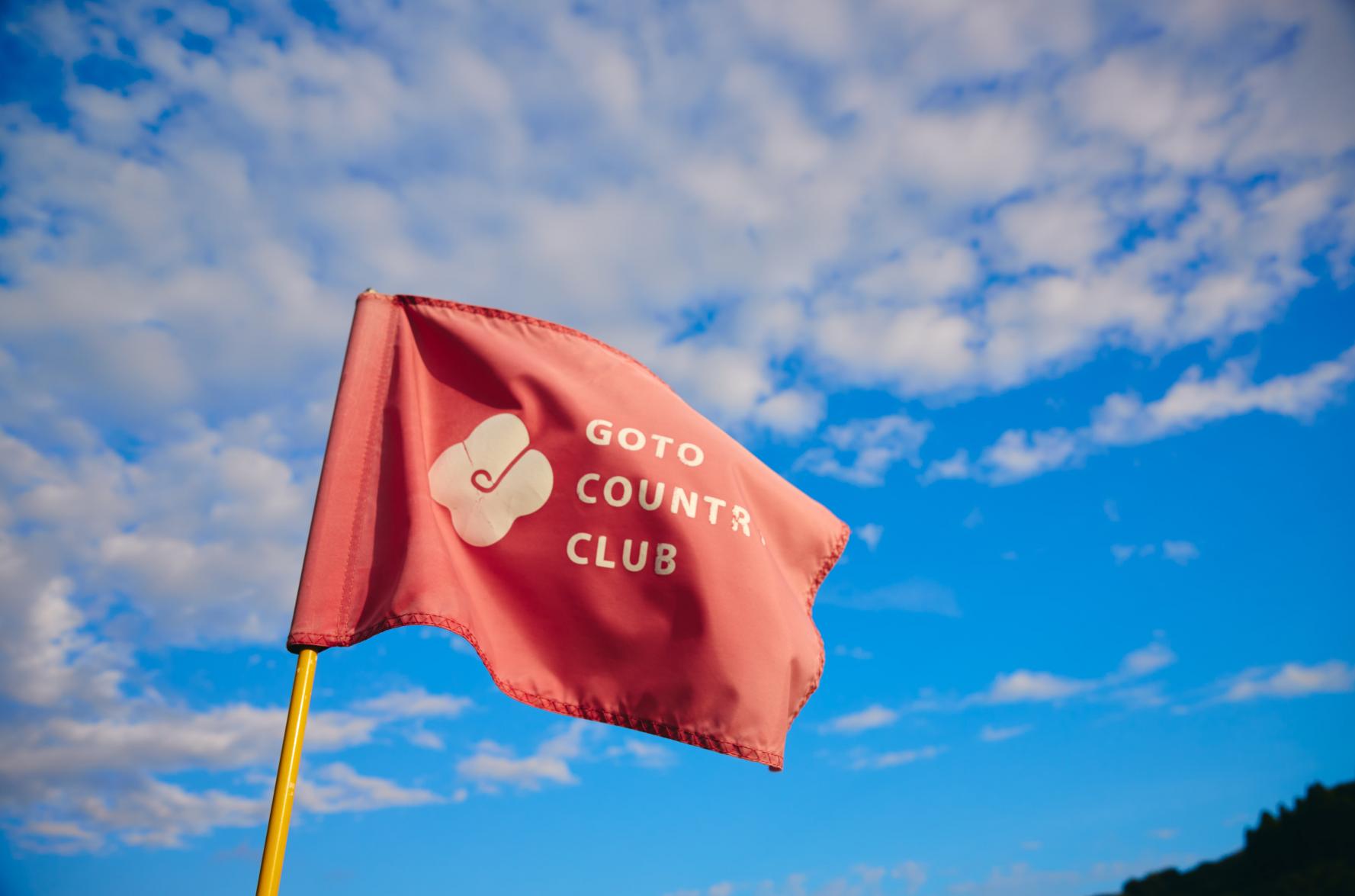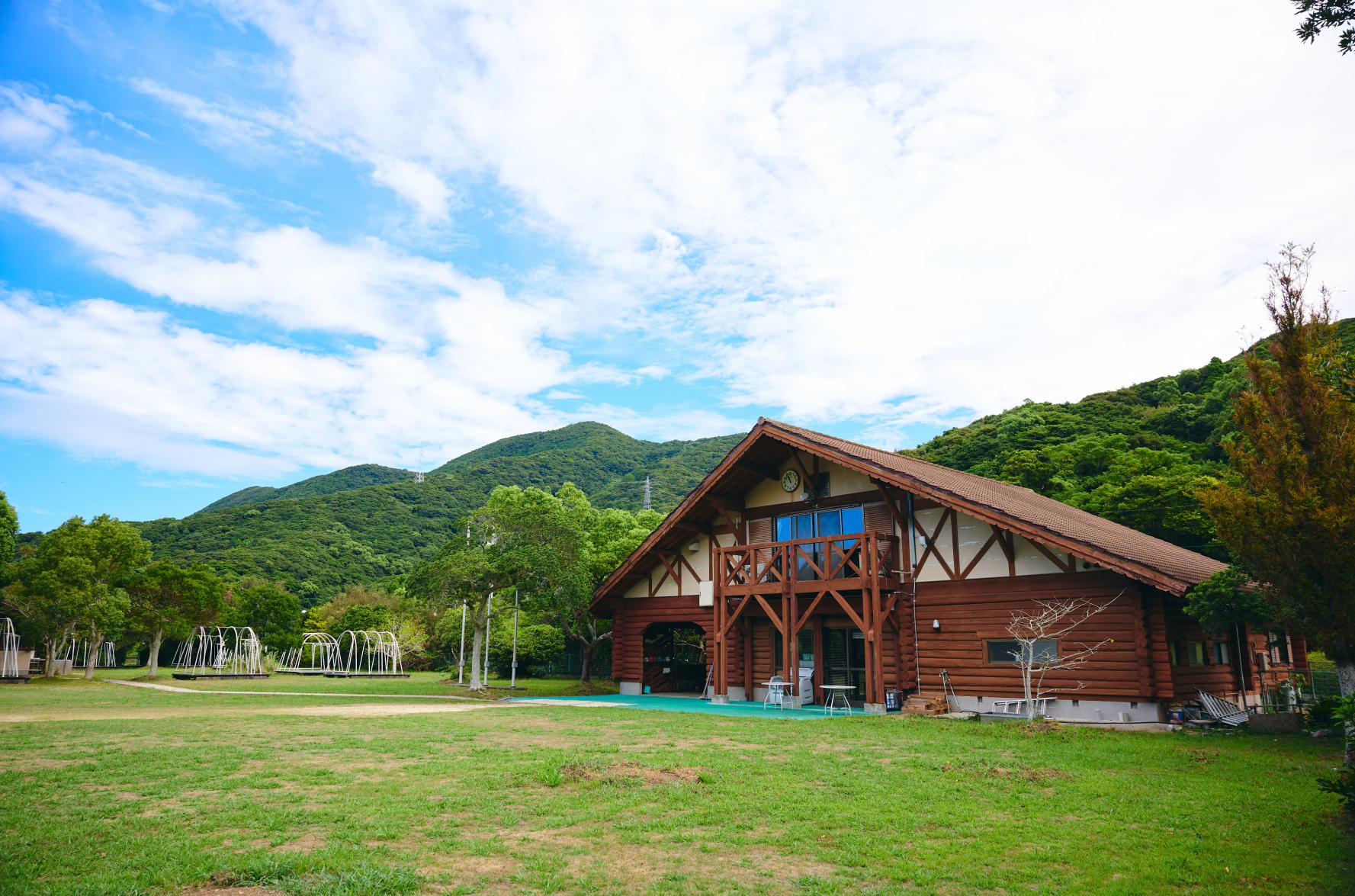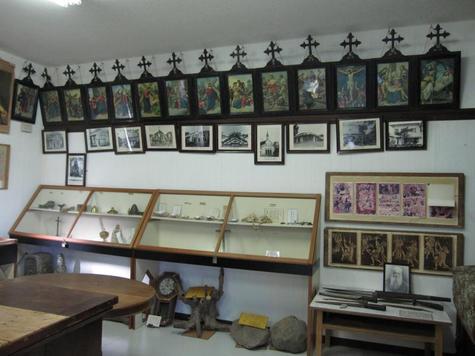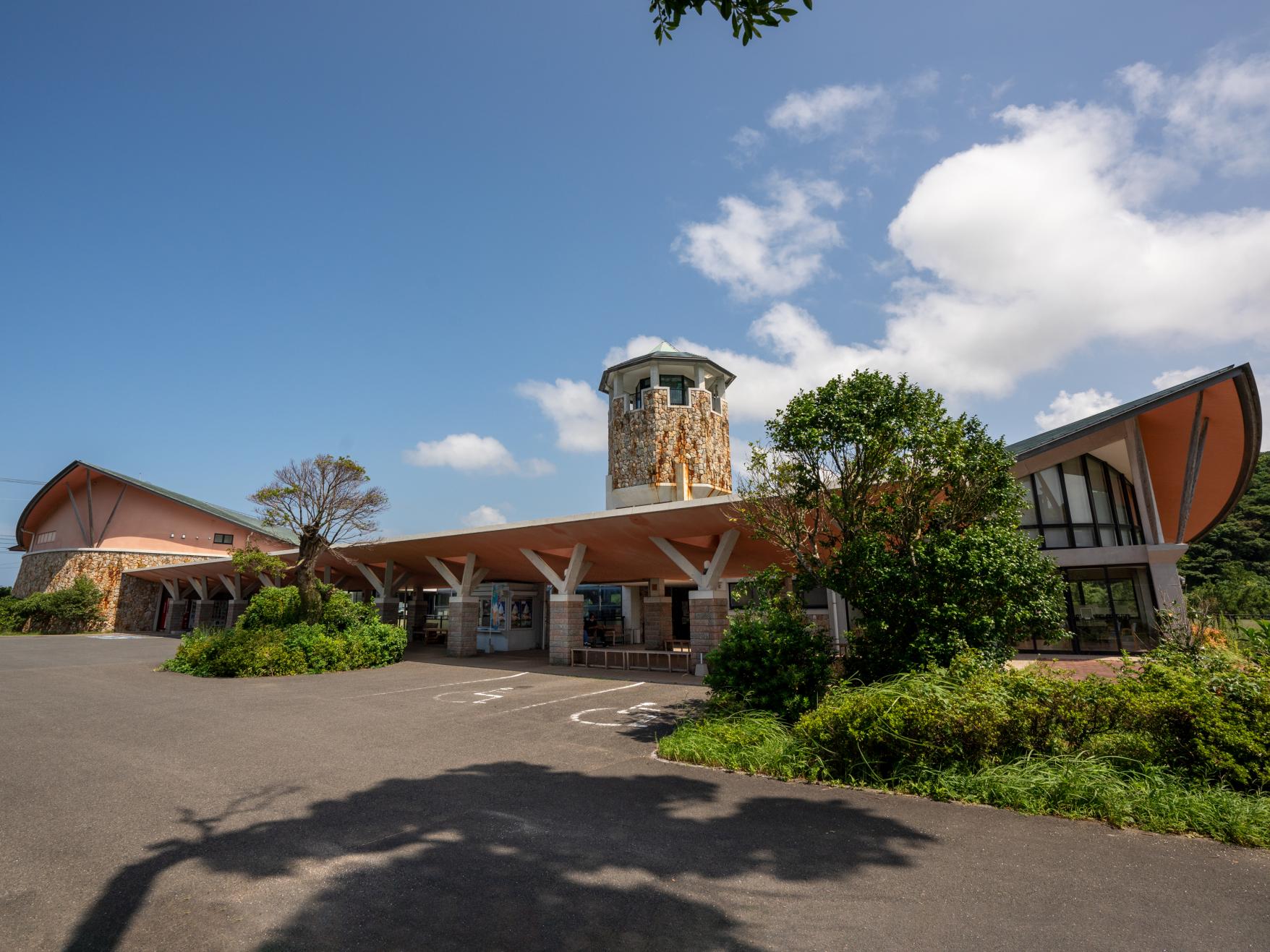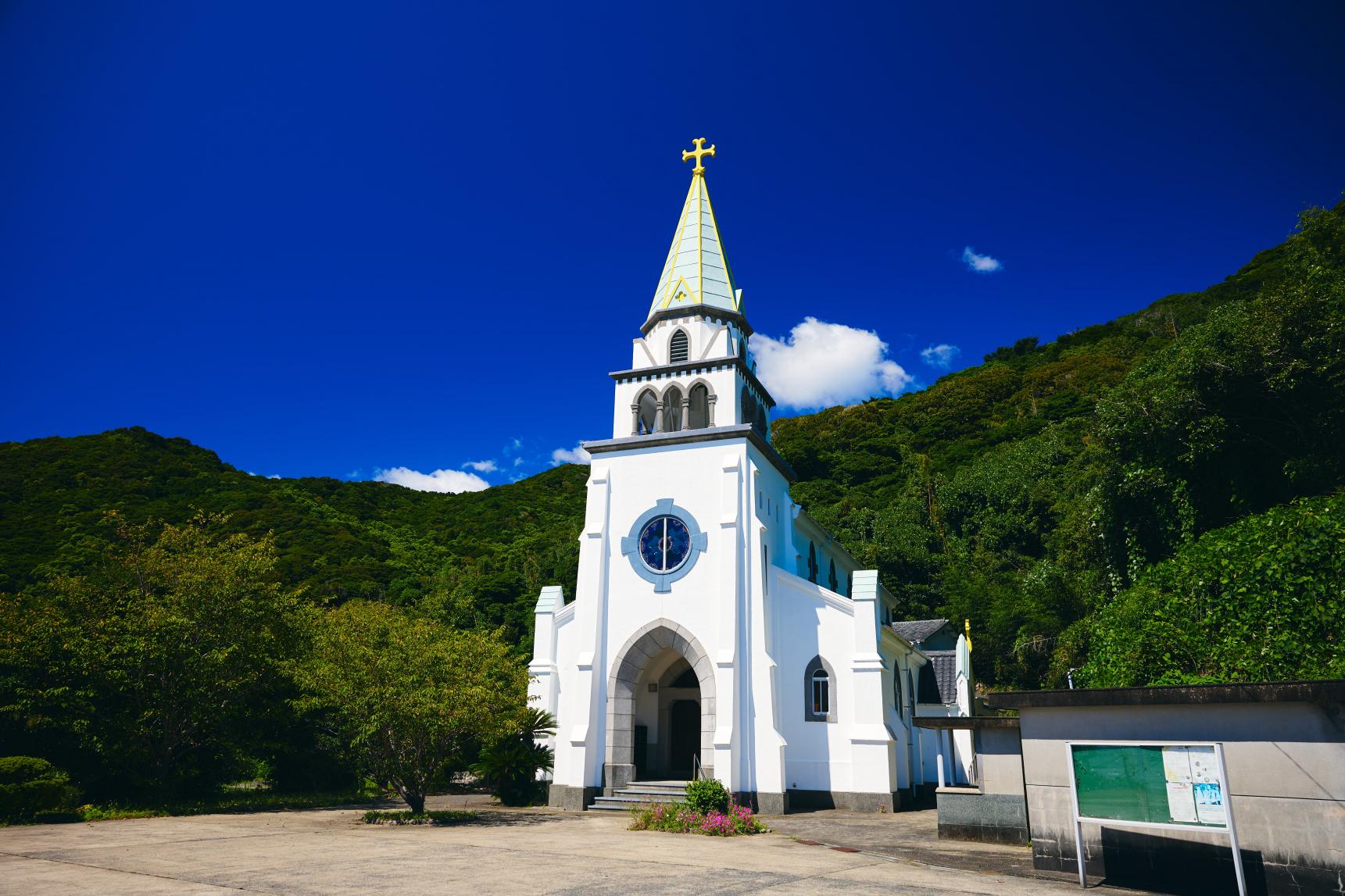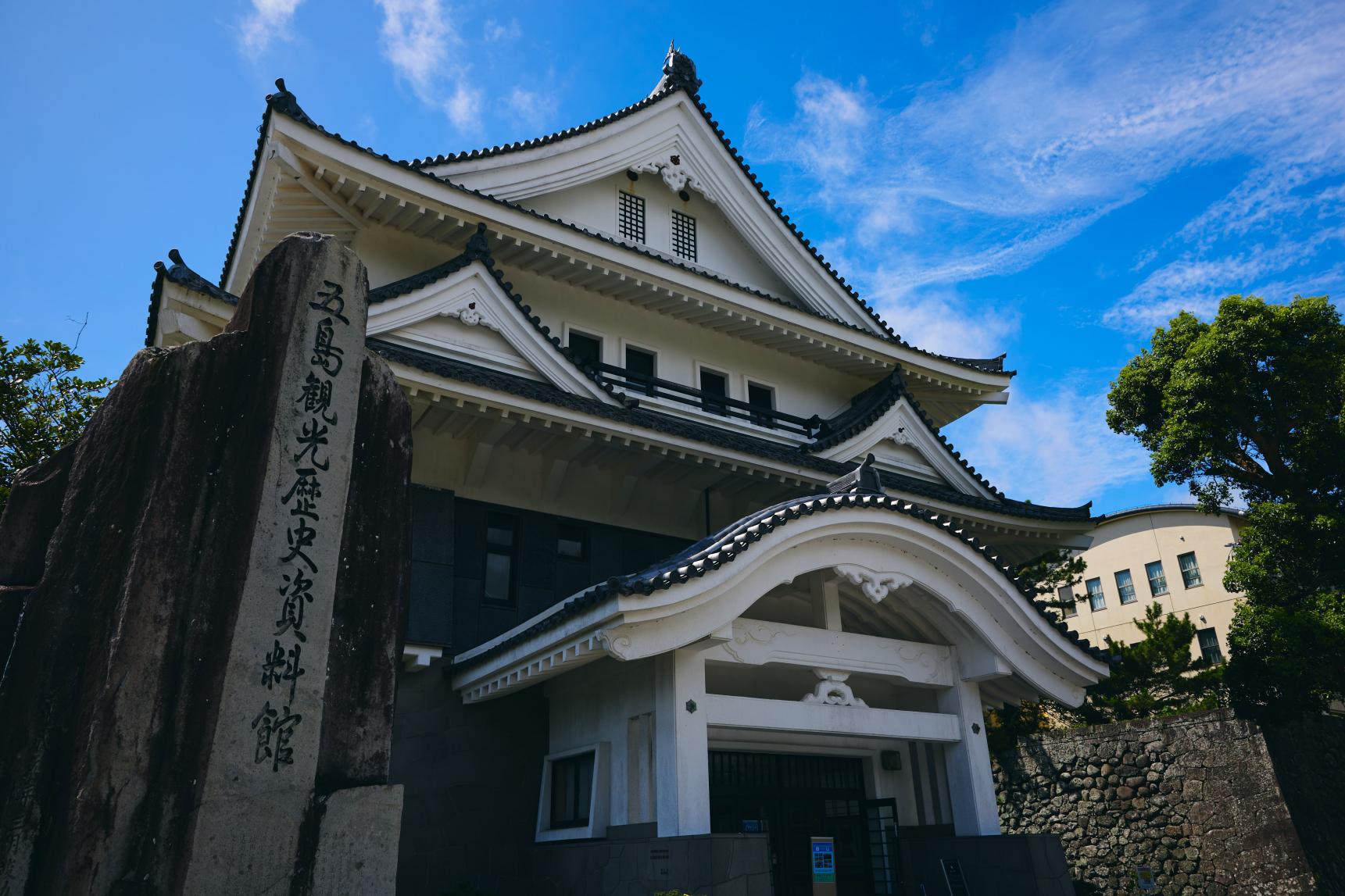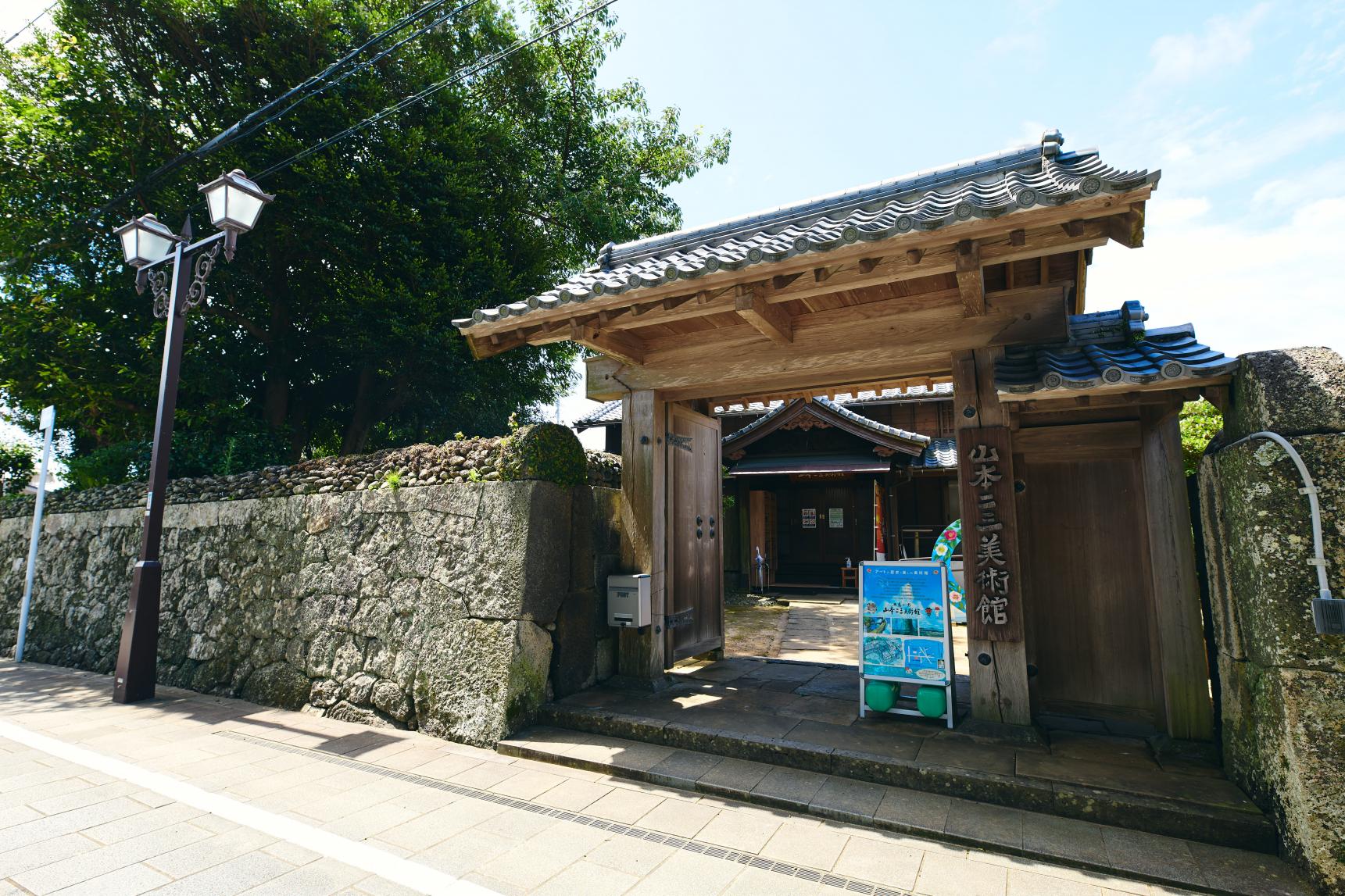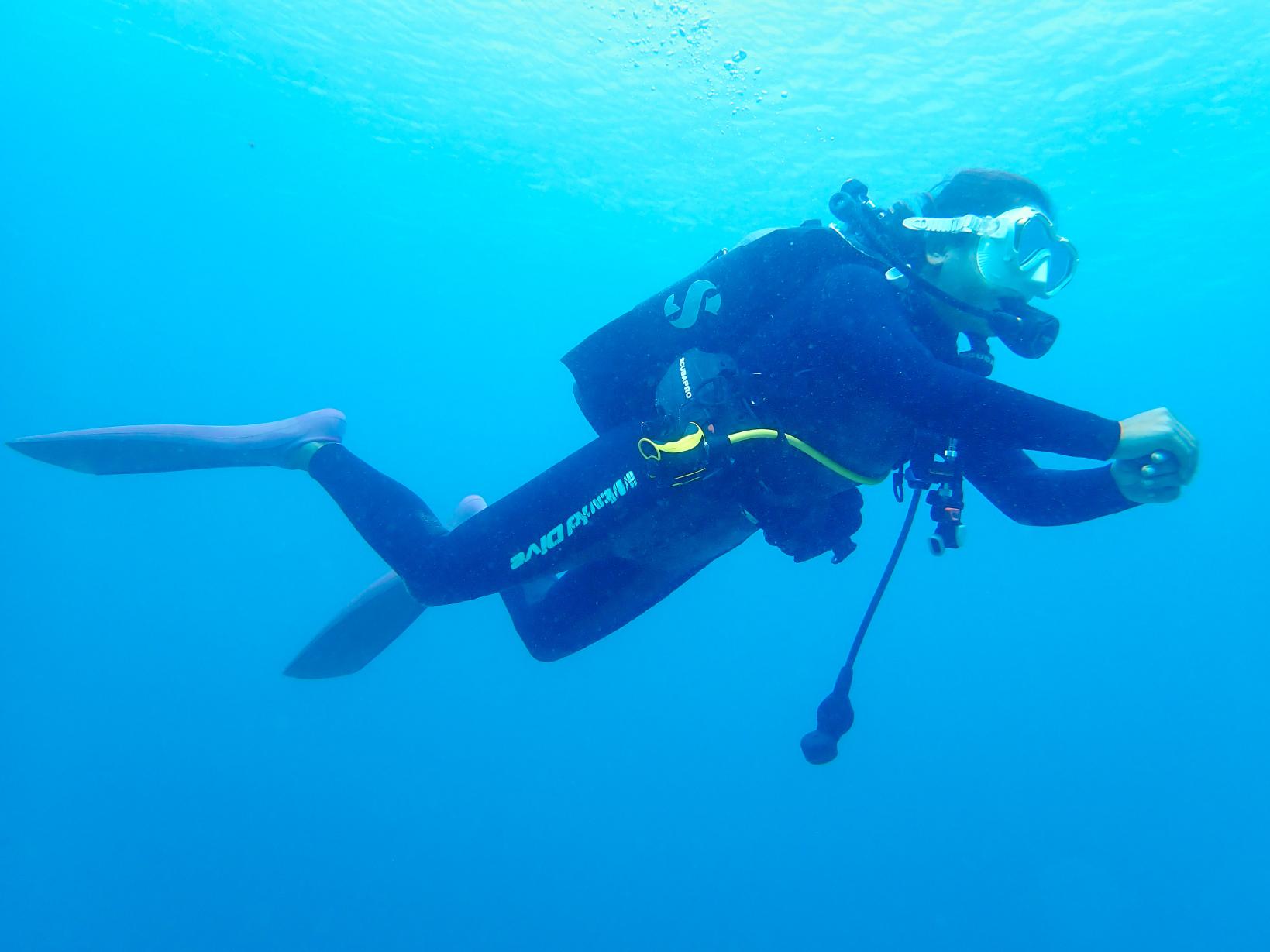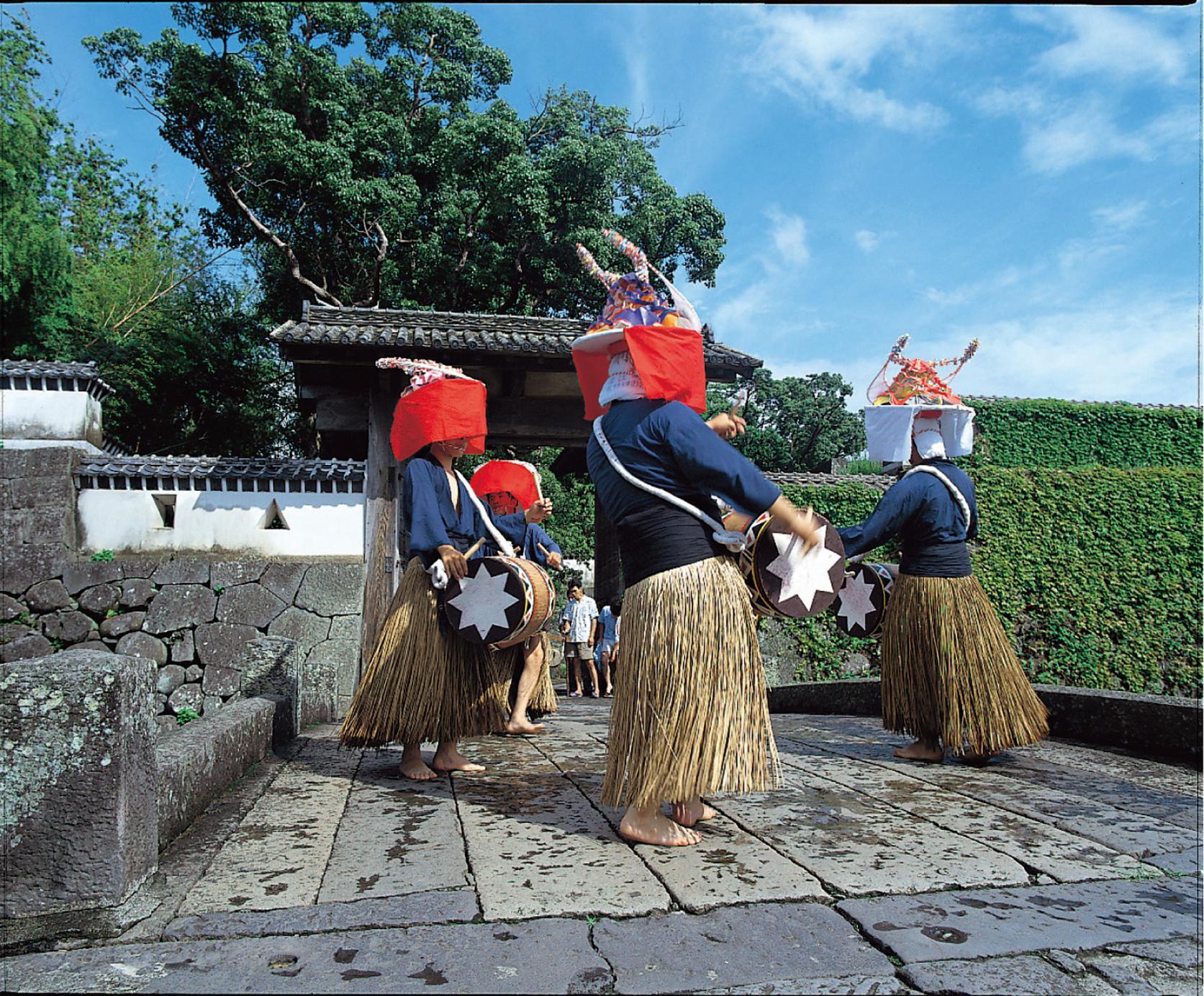
A journey to experience culture and history through traditional events passed down in Goto
Traditional events passed down the generations in different areas of Goto are still carefully passed on today. Some events involve quietly watching musical performances or dances, and others see people participating together—why not time your tourist travels with event days so you can gain a deeper understanding of the history and culture of Goto?
Contents
Goto’s intangible folk cultural properties
”Folk cultural properties” refers to intangible heritage that originated from Japan’s native culture and has been repeatedly passed down from generation to generation, such as local festivals and events, customs that take place at milestones in people’s lives, and folk performance arts. The aim is for the national and local governments to register and protect this heritage.
This article introduces the intangible folk cultural properties passed down in different areas of Goto.
Chankoko
Chankoko is a traditional event mainly passed down in Goto City, and involves a dance to honor the spirits of deceased family members. The dancers move to the sound of a gong and singing, barefoot and wearing Japanese-style underclothes with grass skirts on their waists and decorated conical hats—you can see extraordinary whirling dancing in different parts of the city as they beat their taiko drums.
[Held: August 13 to 15]
Omonde
Omonde is a traditional event passed down on Sagano Island, and consists of a dance to honor the spirits of deceased family members. It is said this tradition was passed on from China in the late 800s. In the garden of a traditional house or a cemetery, ten to twelve dancers form a circle and move to the rhythm of a gong and two groups of two singers, beating taiko drums as they dance. This performance is a mix of different cultures, with a singing style and melody similar to yodeling in the Alps, clothing like that of the tropics, and arm movements in the style of central Asia.
[Held: August 14]
Daihogo no Zunauchi (sand throwing)
This is the fall festival of Daihogo Shrine, during which people pray for sound health, an abundant harvest, and a good catch. The god’s procession travels around the streets, and people at the rear wearing straw caps act as sand demons (sunaoni) and throw sand at spectators and houses to drive evil spirits and illnesses away.
[Held: Two days from late October to early November]
Kaizu Shishi Koma Mai Dance
This traditional event has continued for over 300 years at Kaizu Shrine. A female shishi, male shishi, and a god known as Sarutahiko wearing a tengu mask dance to taiko drums and a flute, praying for good health and safety in the home for the year. The flute and taiko drums used to perform are passed down from generation to generation once the person responsible for them has been chosen.
[Held: January 2 to3]
Hetomato
This folk event has been passed down for many years in the Shimosakiyama area of Goto City, and prays for a combination of an abundant harvest, a good catch, and flourishing posterity. It starts with a sumo match in Shirahama Shrine, followed by ""tamaseseri,"" in which youths with soot on their faces and bodies participate in an intense struggle for a straw ball, and then a tug of war between a youth team and a fire-fighters team to divine whether there will be an abundant harvest and good catch. Finally, the participants carry a huge zori sandal, 3 m long and weighing around 300 kg, to Yamashiro Shrine. On the way, the women who are watching ride in the sandal, one after another, and are tossed in the air, making this a festival you won't see elsewhere in Japan.
[Held: Third Sunday of January]
Major annual festivals in Goto’s shrines
The major annual festivals are the important festivals that take place every year in shrines around Japan. These festivals thank the deities of the shrines and pray for peace and prosperity in the area. During the major annual festivals, everyone helps carry a special platform that bears the shrine god, known as a portable shrine (mikoshi), and parades around the streets. There are also performances of traditional music and dance.
Why not experience Goto’s culture and traditions through the major annual festivals, where the local people gather?
-
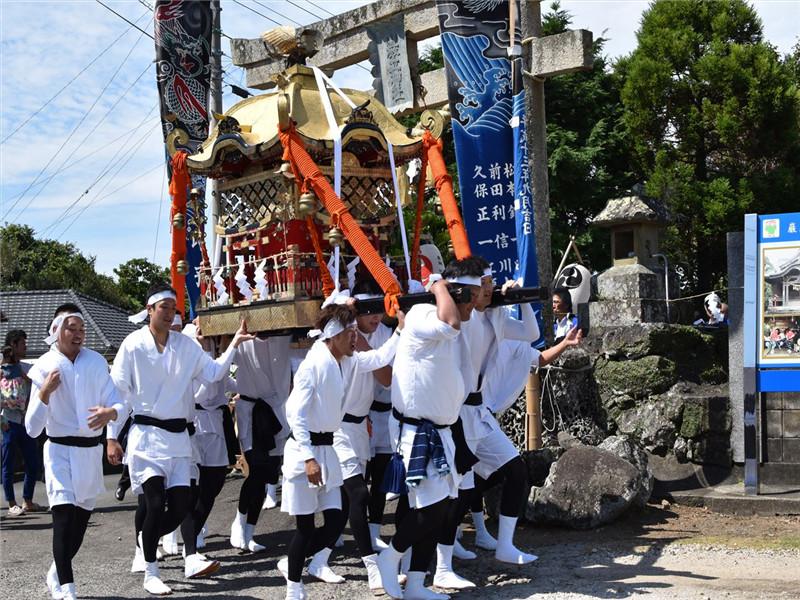
Iwatate Shrine’s major annual festival
This major annual festival has taken place since 1383. On the first day, youths wearing white Japanese clothing, tabi socks, black obi, and long socks carry a portable shrine around the town, and on the second day a dance known as Goto Kagura is performed at the shrine.
[Held: Third Monday of September and the preceding day] -
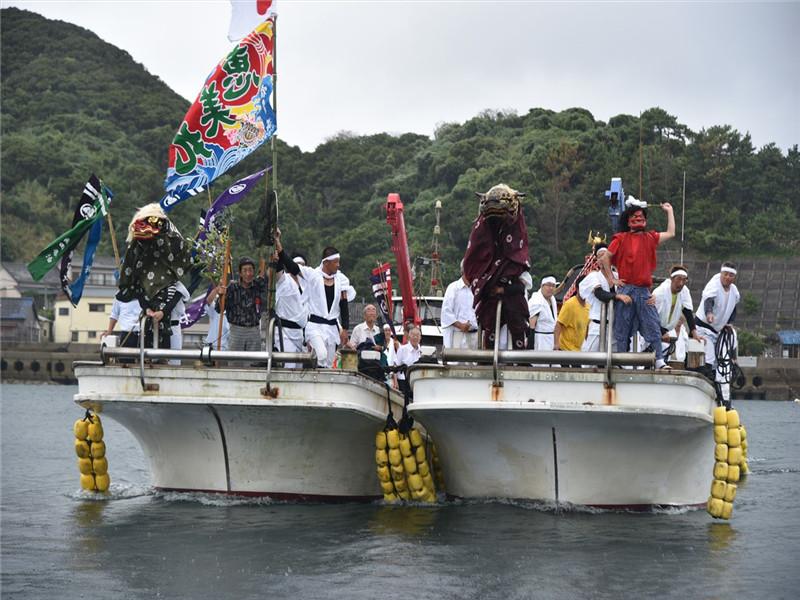
Shiratori Shrine’s major annual festival
This festival is held over three days. The portable shrine is carried around the town, then placed on a boat in the middle of the trip and taken across the sea, as you might expect from a fishing town. On the second day of this major annual festival, a dance known as Daigakura Shinji, handed down over many years, is performed at night in the local gymnasium.
[Held: Late September]
-
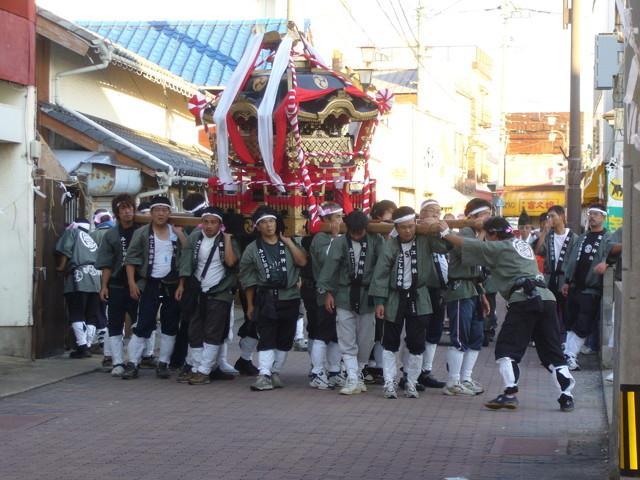
Tomie Shrine’s major annual festival
This festival takes place over four days, and sees a portable shrine carried around the town and a dance known as Tomie Kagura. The portable shrine is carried to houses that had aspirations, dancing and music is performed, and people acting as shishi and oni (demons) enter the house and perform a purification rite.
[Held: October 14 to 17] -
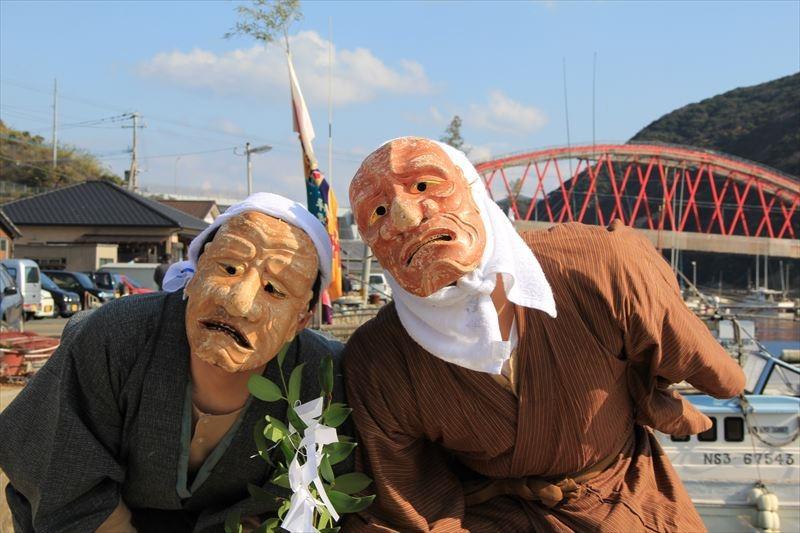
Togi Shrine’s major annual festival
This festival sees a display of kagura dance at the shrine, then a tengu, oni (demon), old man, and old woman go around the area surrounding the shrine and tap the heads and shoulders of the townspeople with the bells and evergreen branches they carry as a prayer to cure illnesses.
[Held: Second Sunday of January]
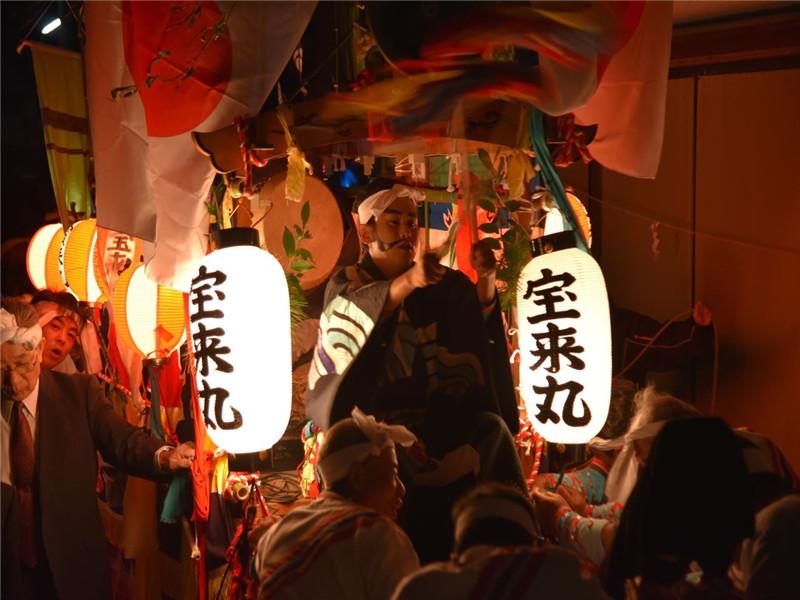
Kabashima Shrine’s annual festival (Kaba Island)
This major annual festival, which has continued on Kaba Island for over 200 years, prays to the sea god for a good catch. In addition to a procession with a portable shrine, an event called “Horaimaru no Hikifune (the towing of the Horaimaru)” takes place: a boatman wearing a flashy kimono rides a boat with wheels, and the boat is pulled forward using an attached rope when a peculiar song is sung as a signal. This is an important traditional event in which all the spectators get involved in towing the boat.
[Held: Third Saturday and Sunday of October]
Ranking of popular articles
-
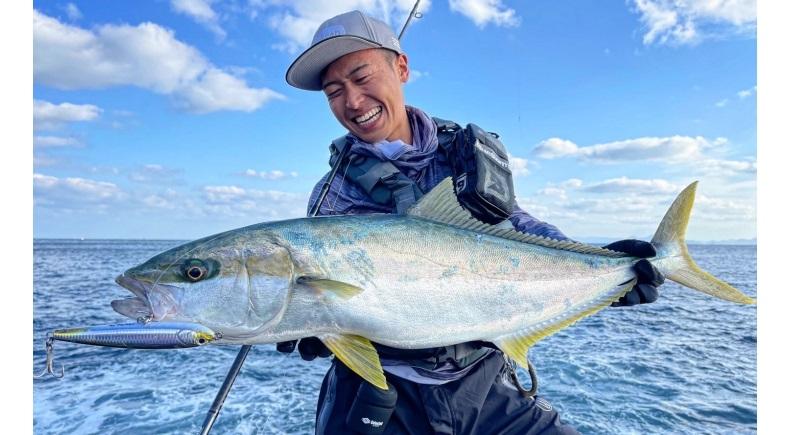
Head to the Goto Islands for fishing in Japan! Guide to fishing spots and boats
-

A treasure-trove of food! Gourmet highlights to savor in Goto in Nagasaki Prefecture!
-
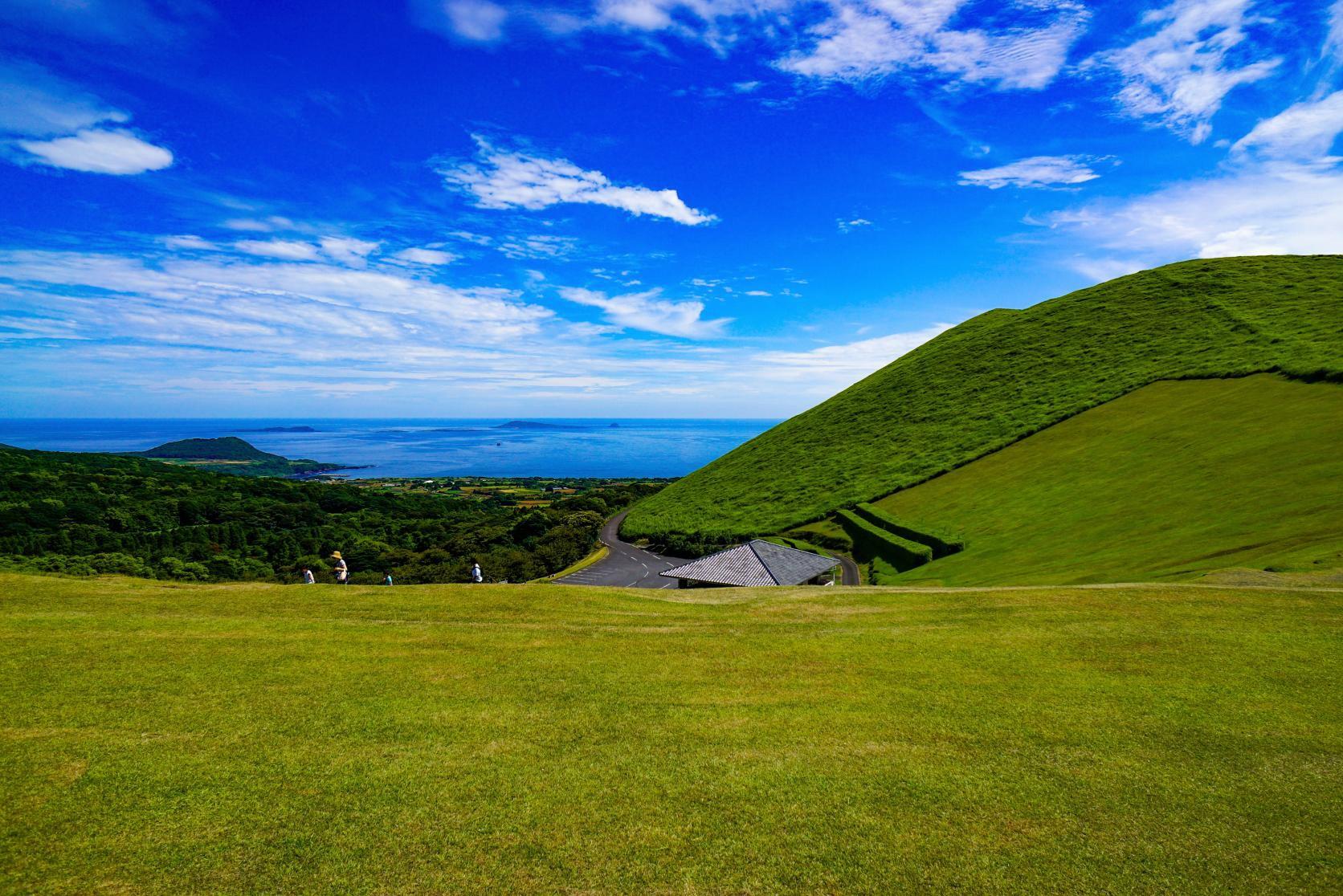
Mt. Onidake: The symbol of Fukue Island
-
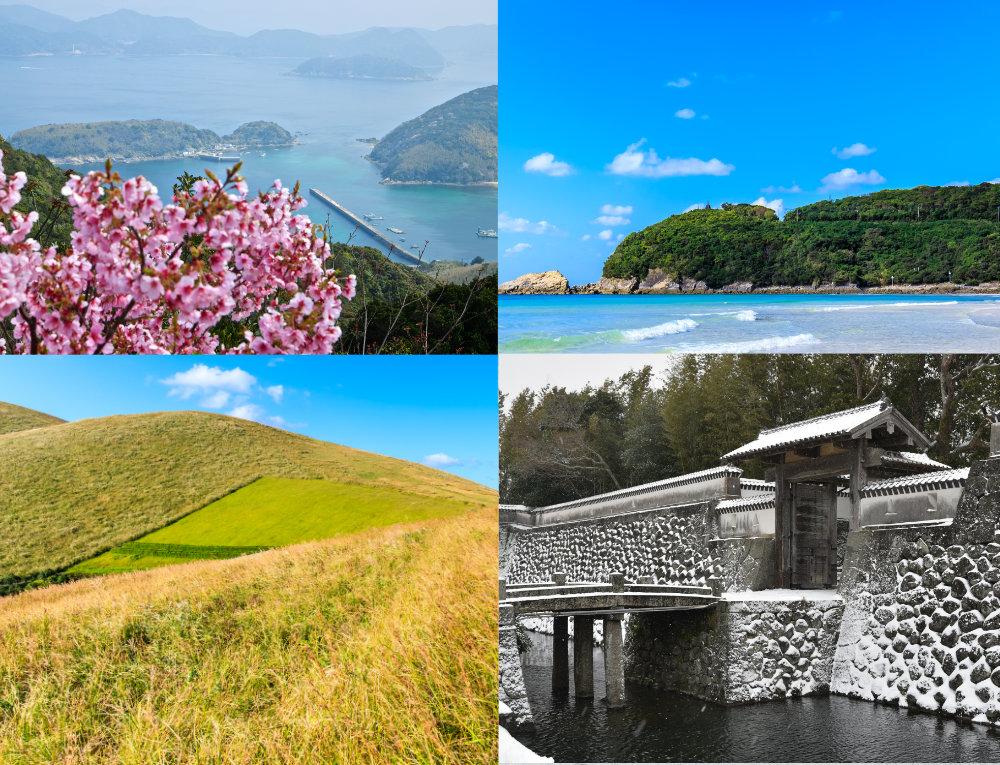
Spring, summer, fall and winter! A guide to tourism in Goto’s seasons
-
![[Start from Kumamoto] Guide to visiting Goto via Shimabara Peninsula-1](https://goto.nagasaki-tabinet.com/storage/special_features/224/responsive_images/1PpFaHmhgPQdnRcgqQn5ZOH17NraRvAWKrl11f1f__1000_765.jpeg)
[Start from Kumamoto] Guide to visiting Goto via Shimabara Peninsula


